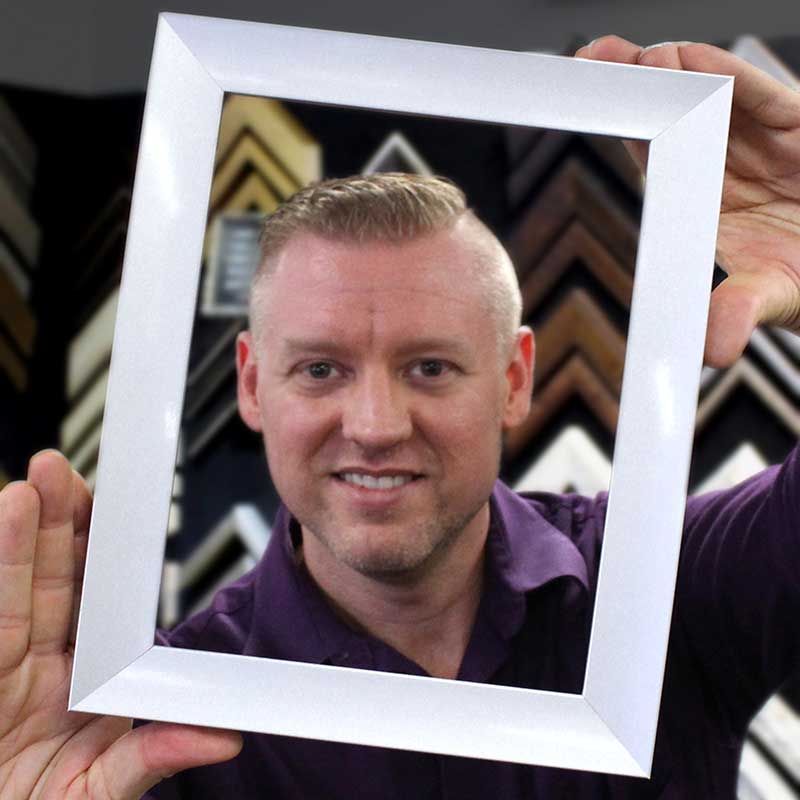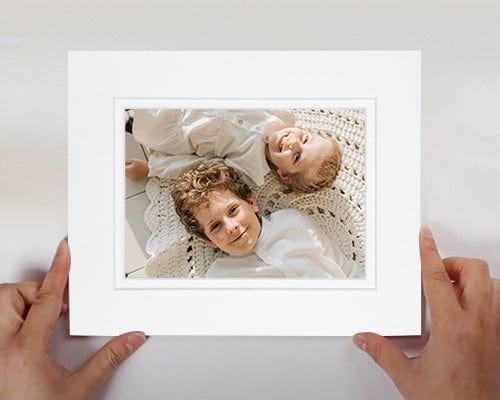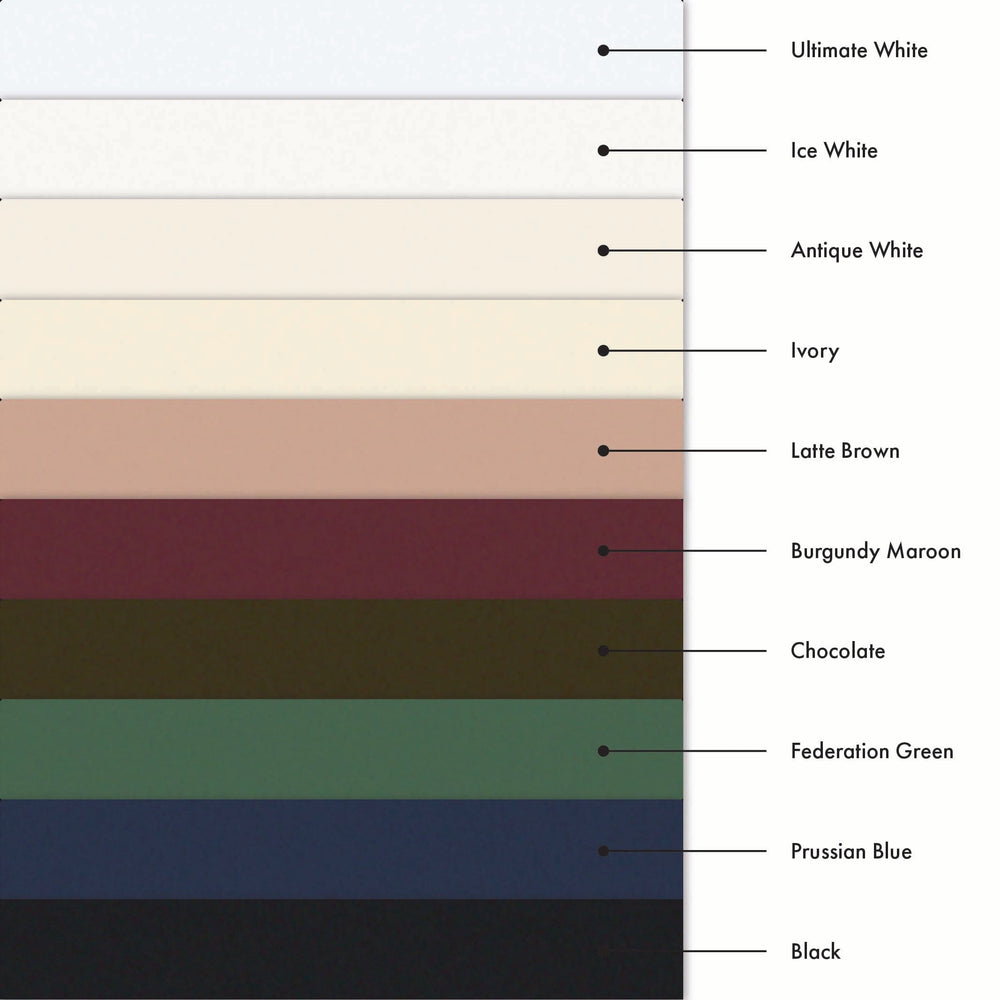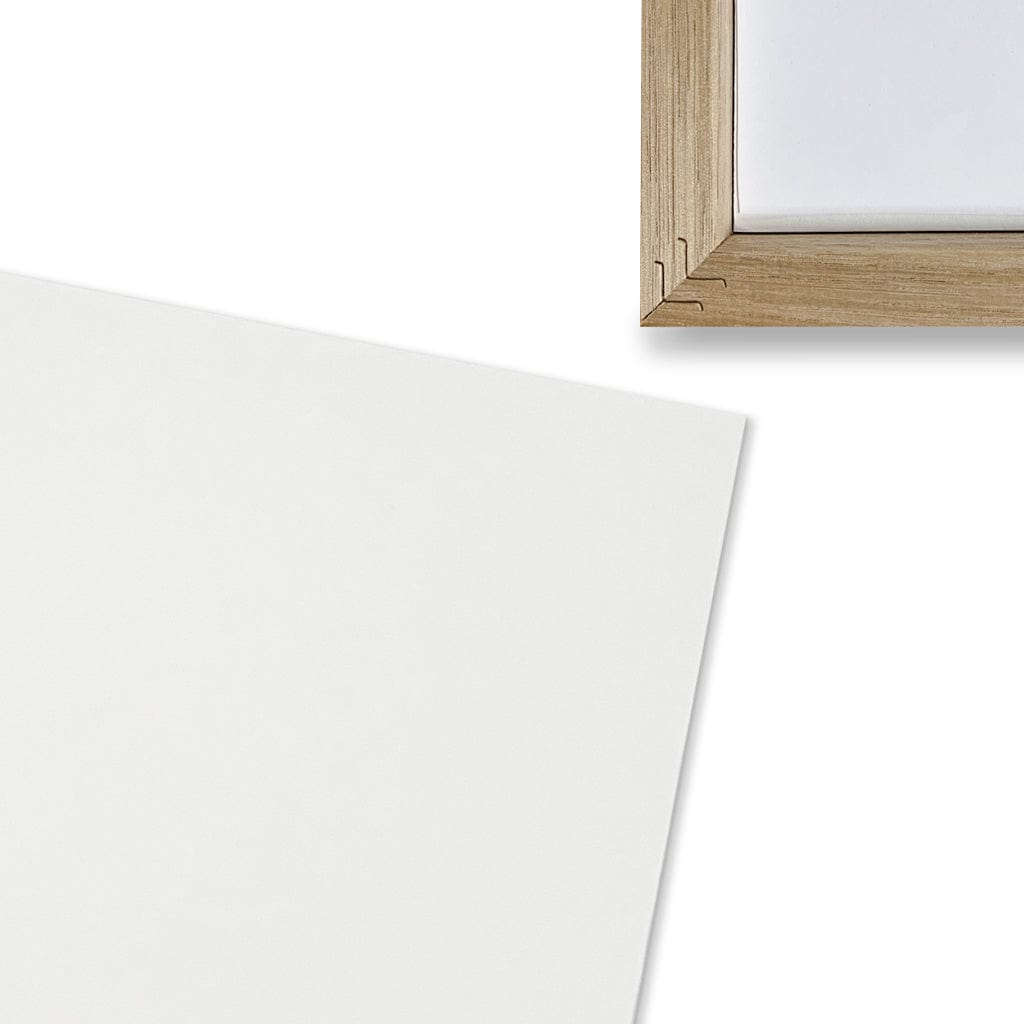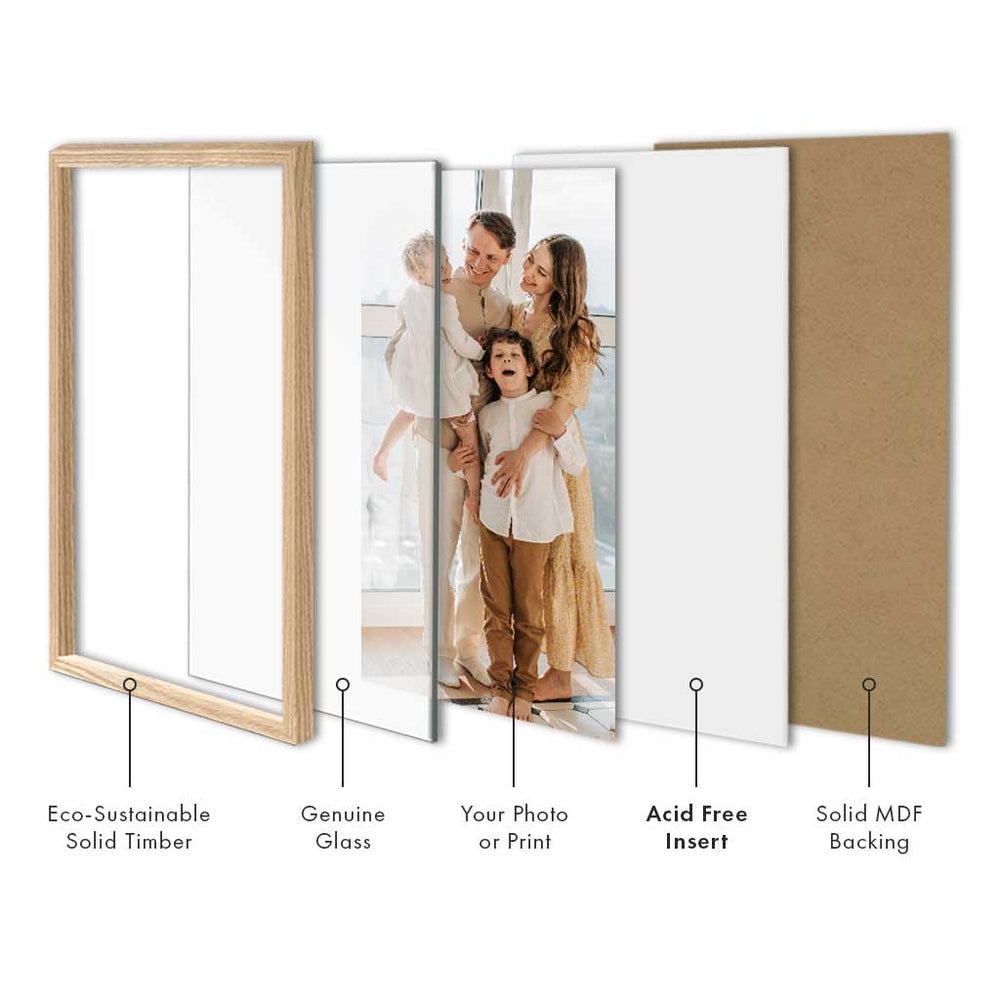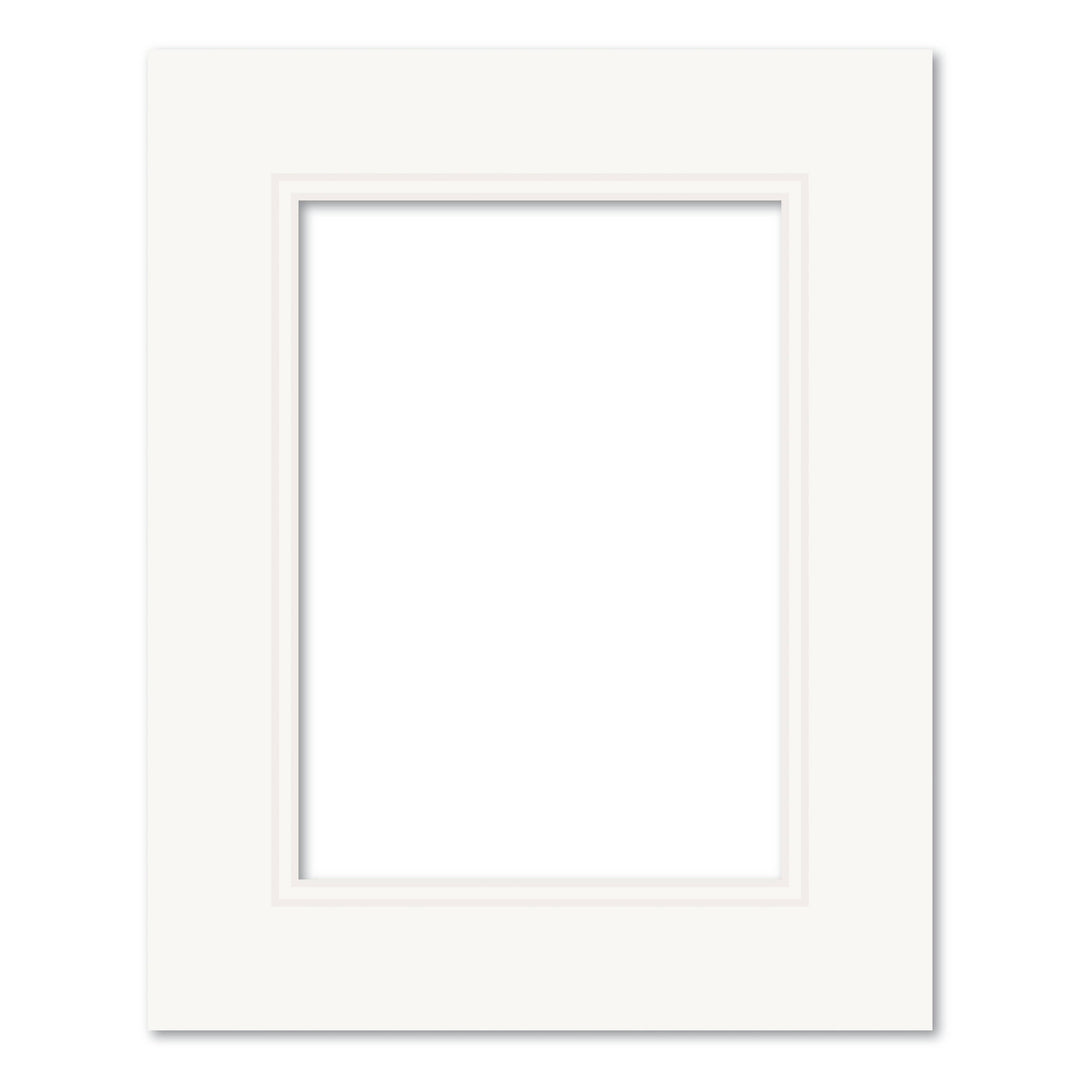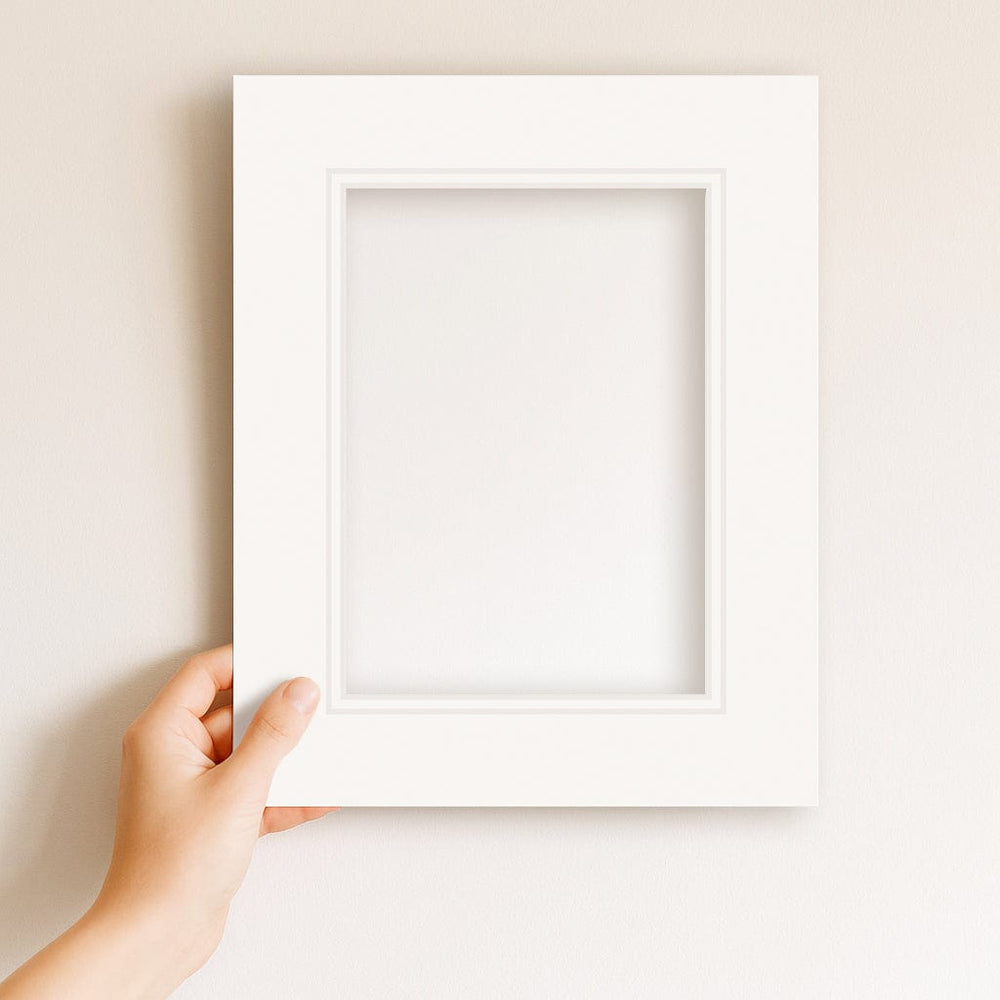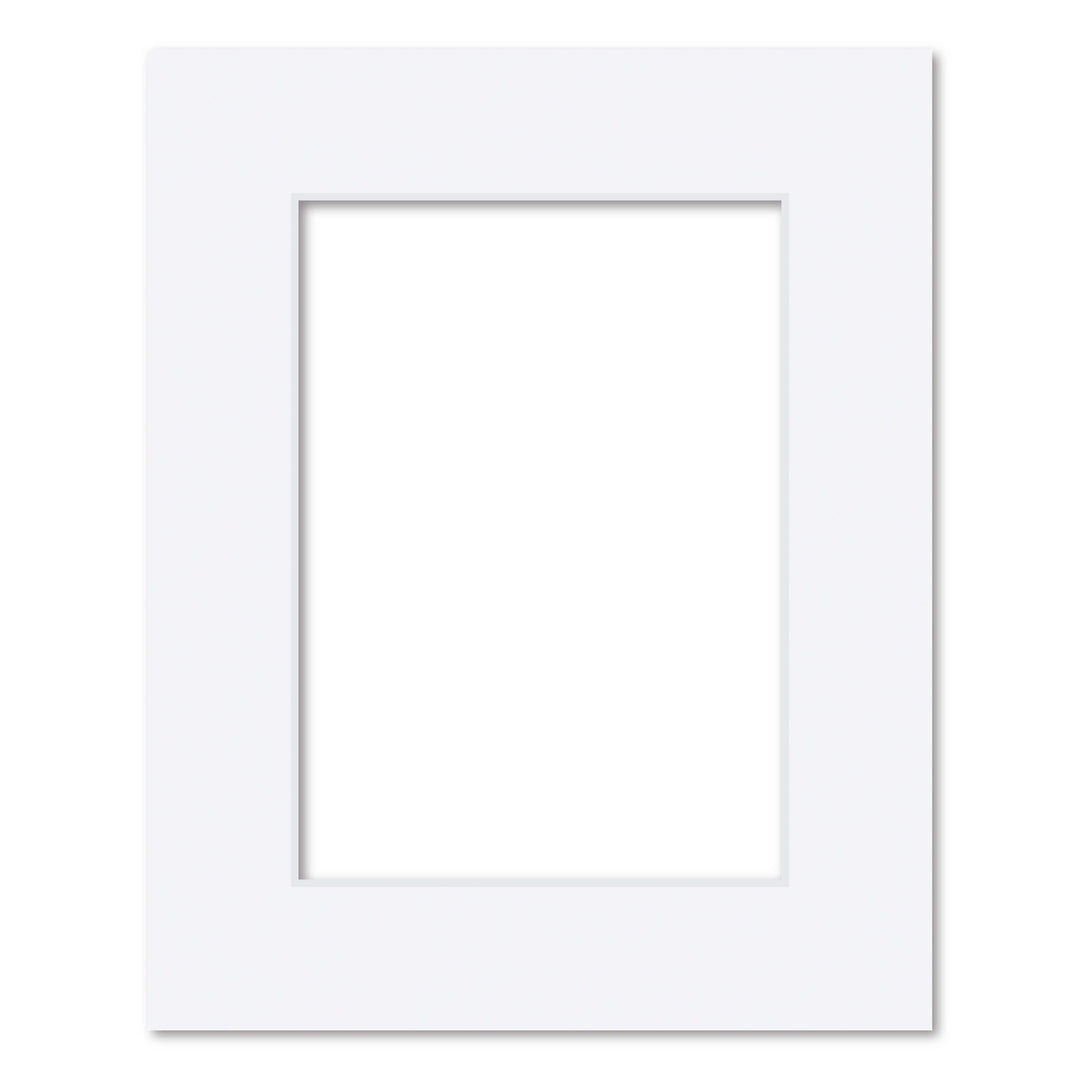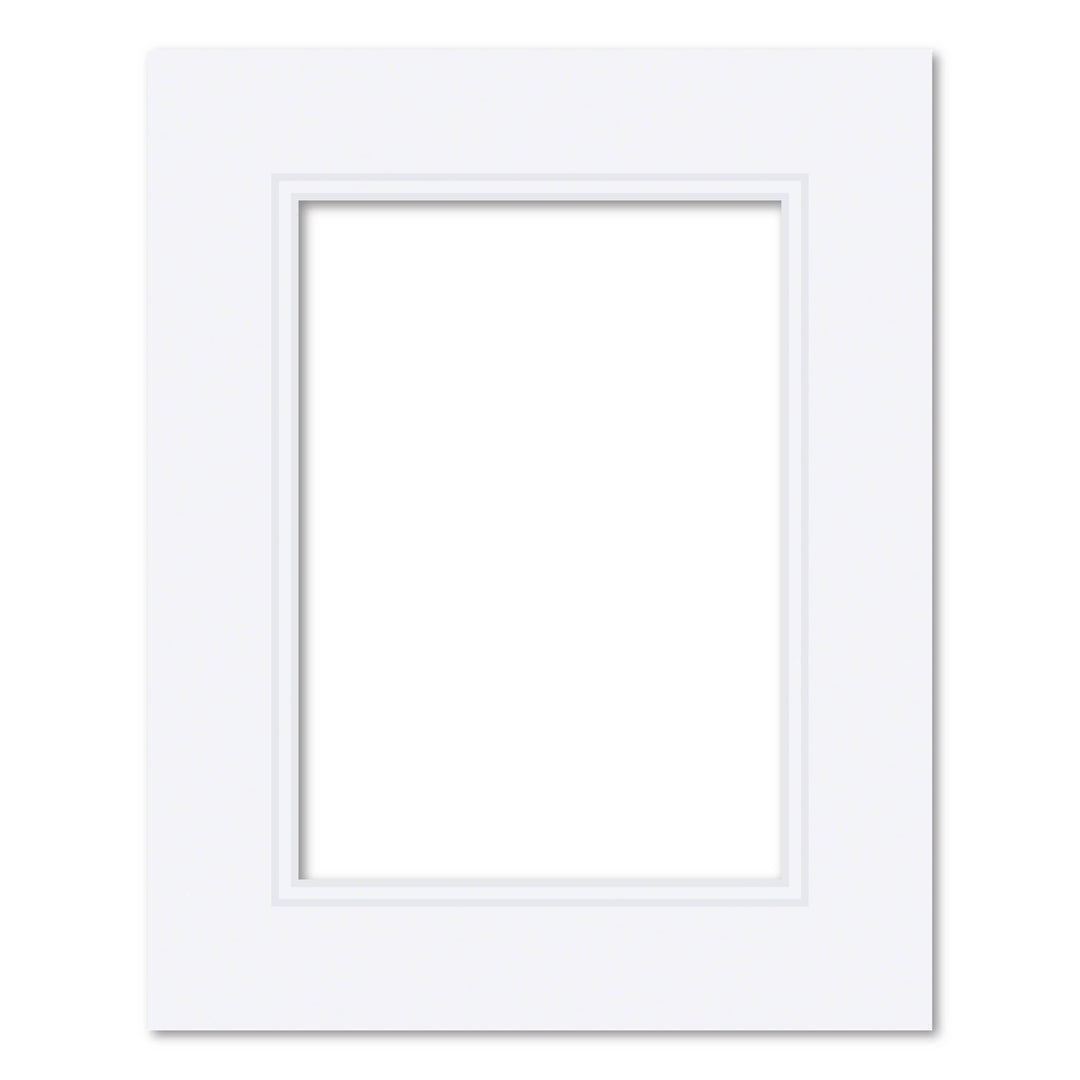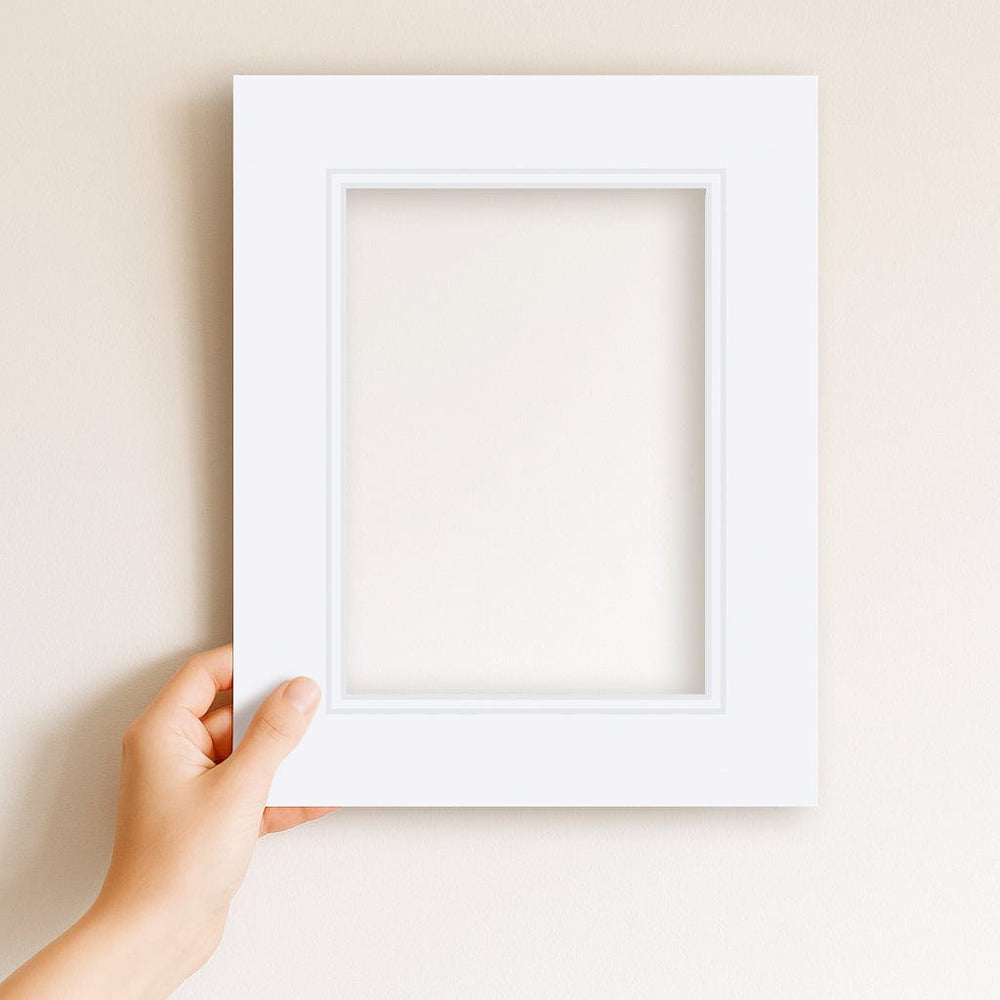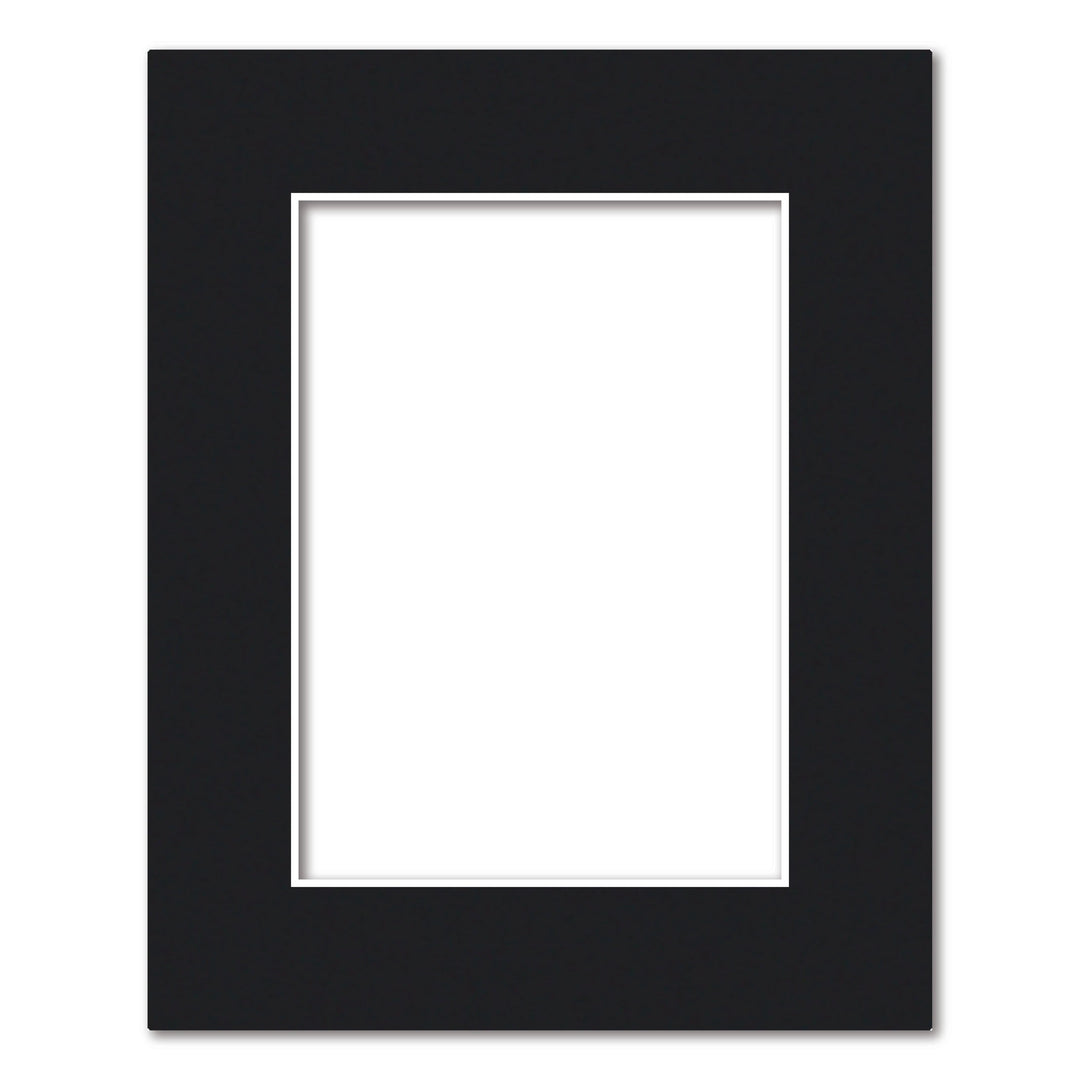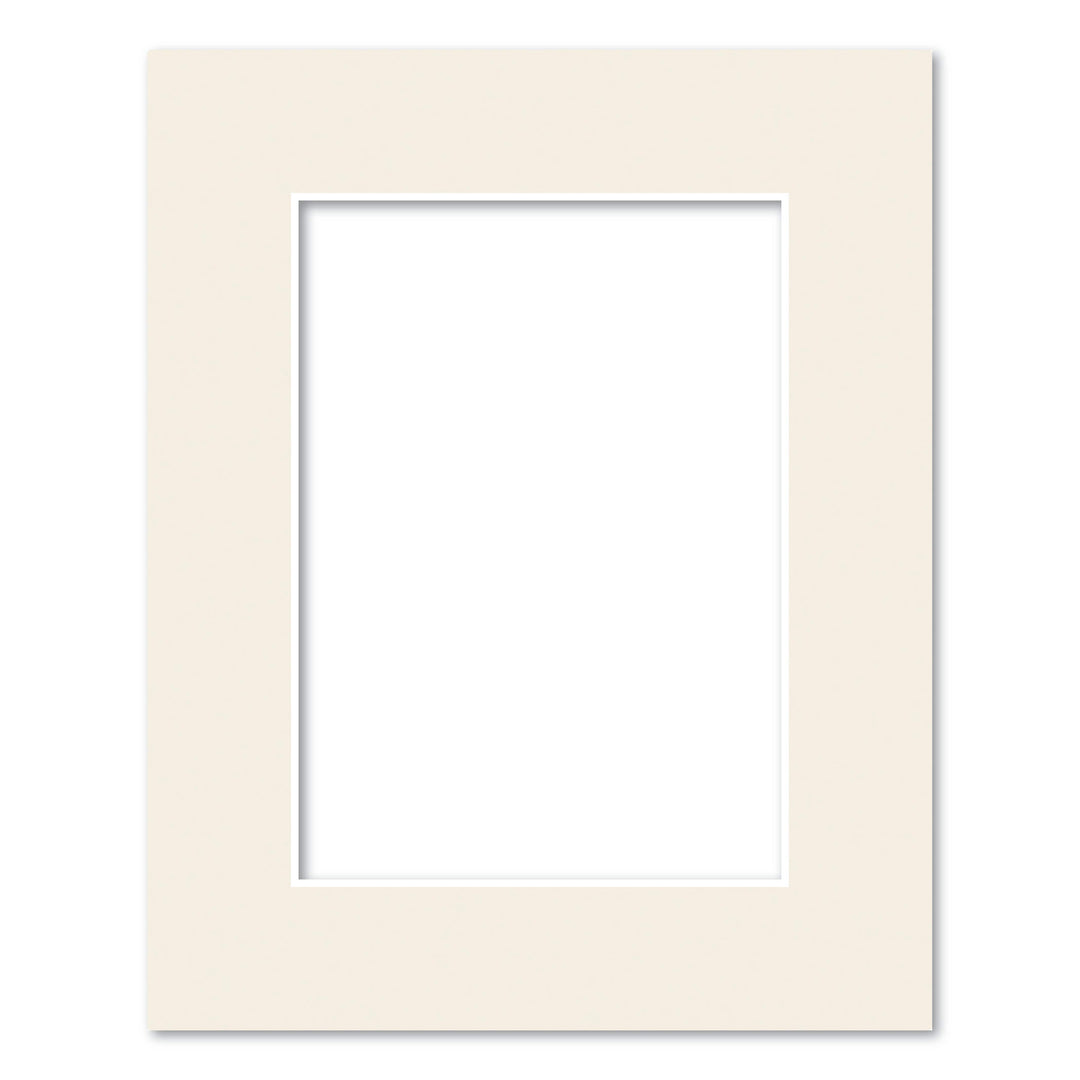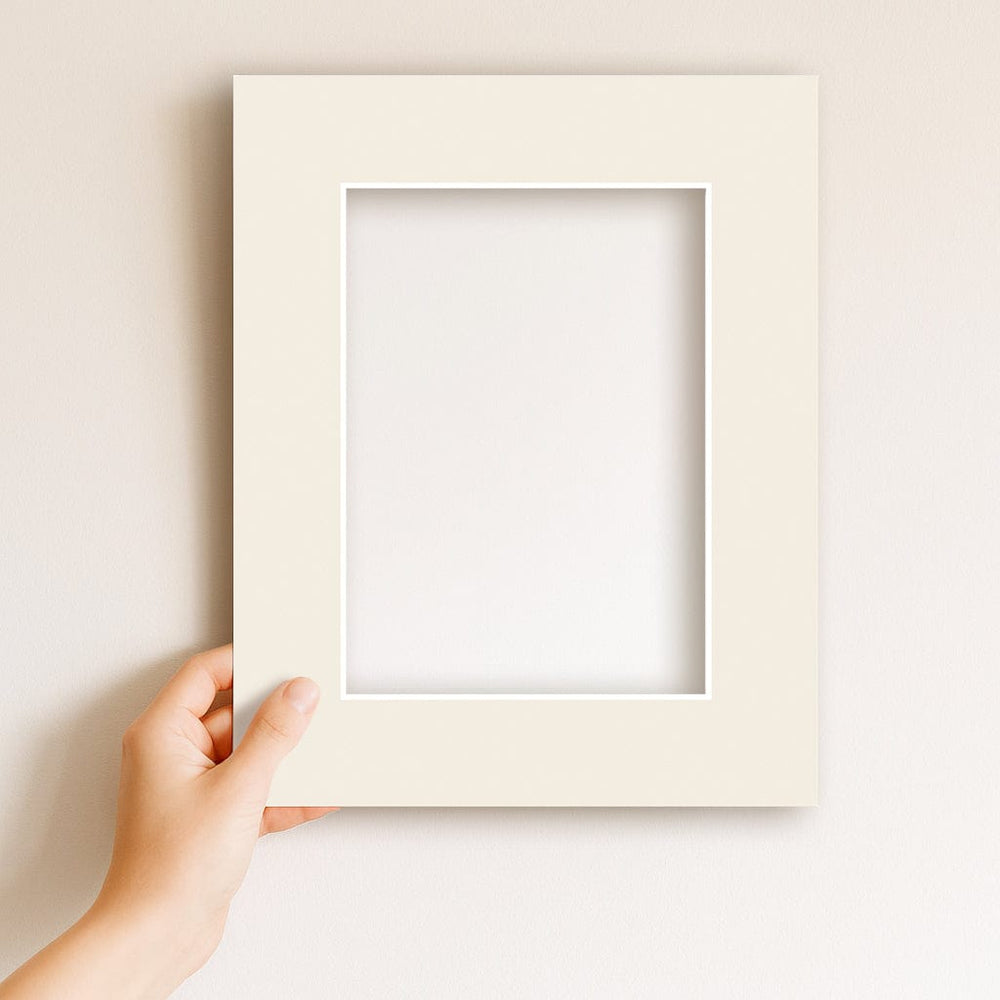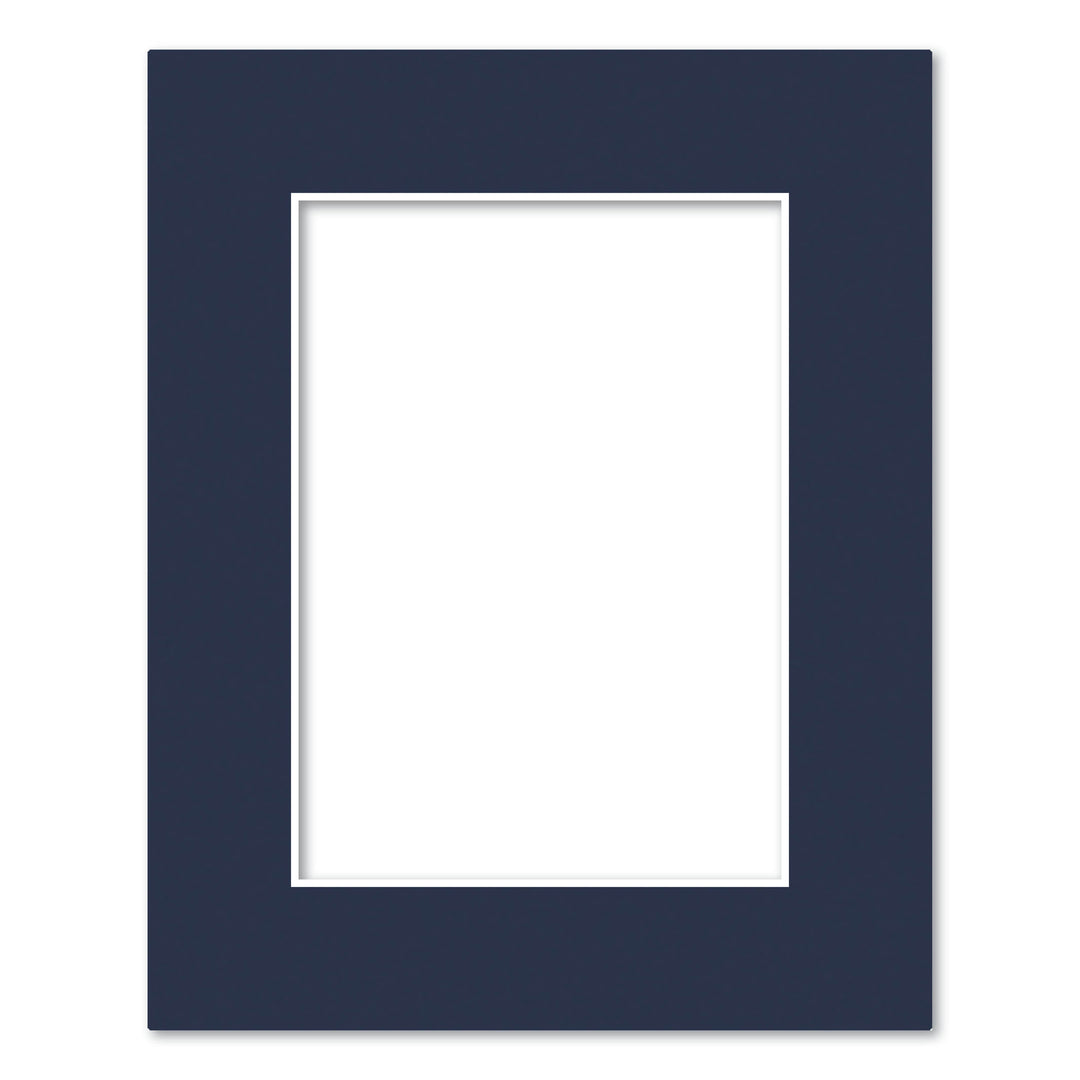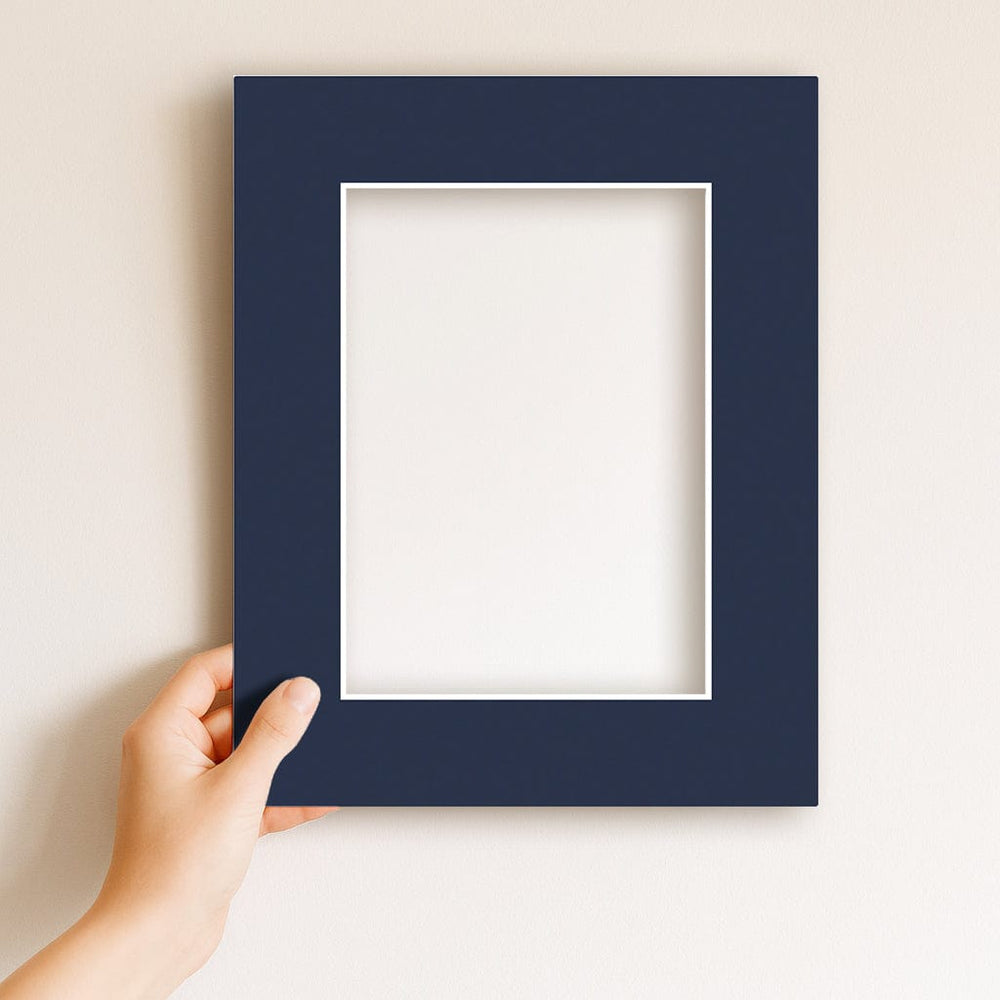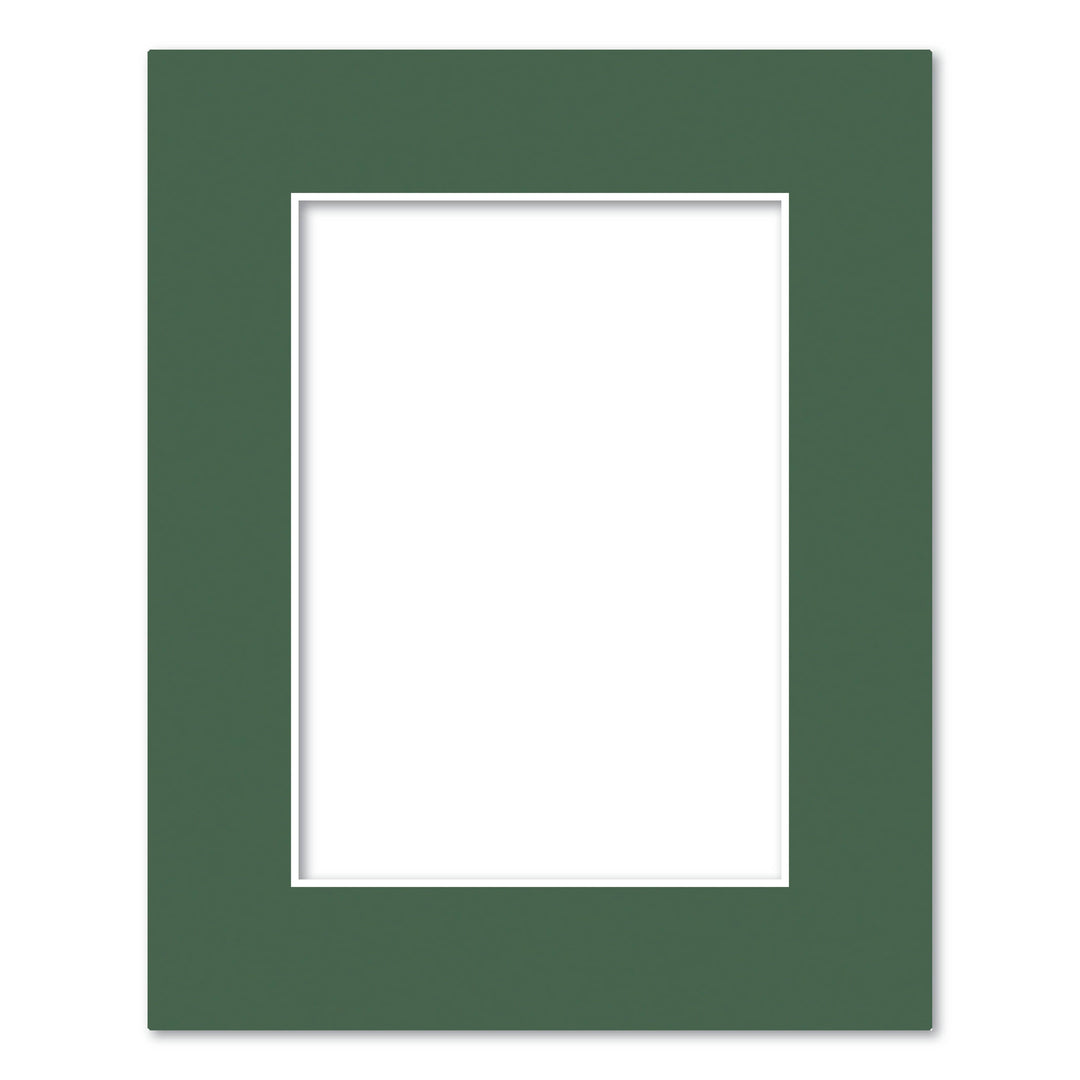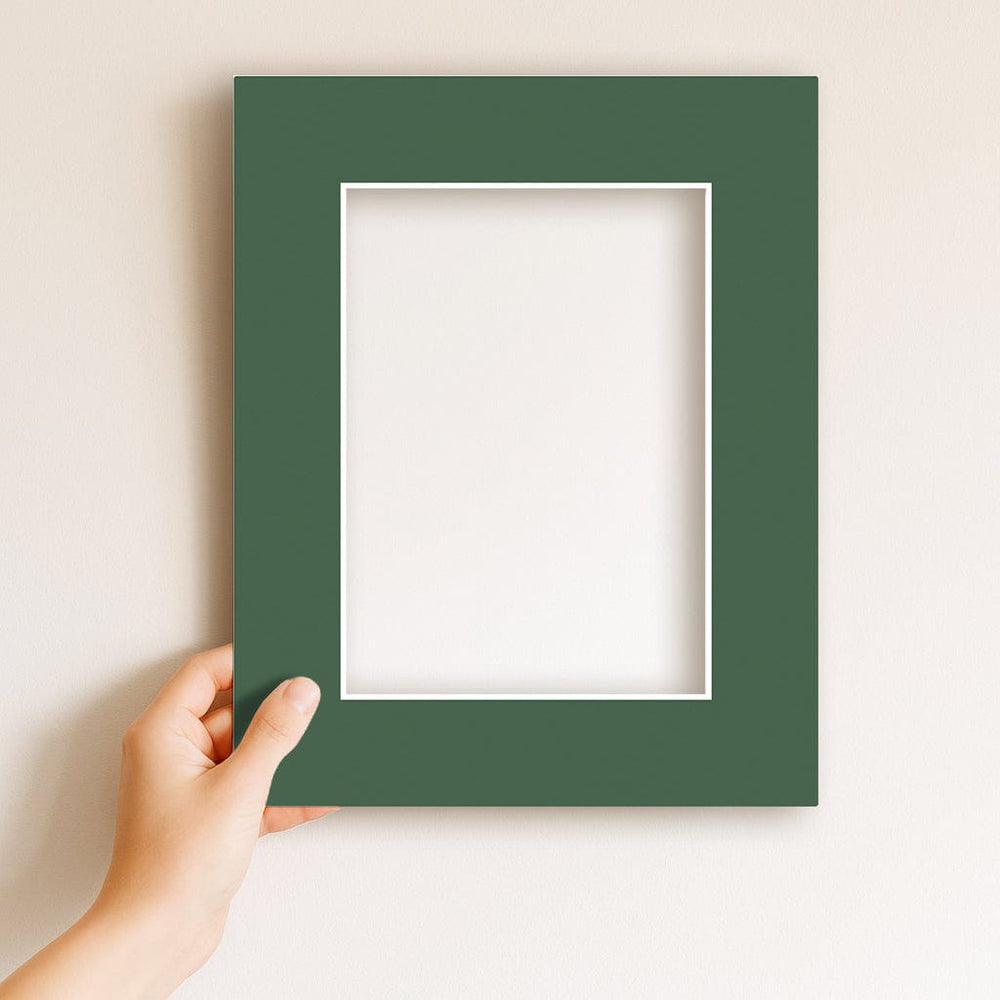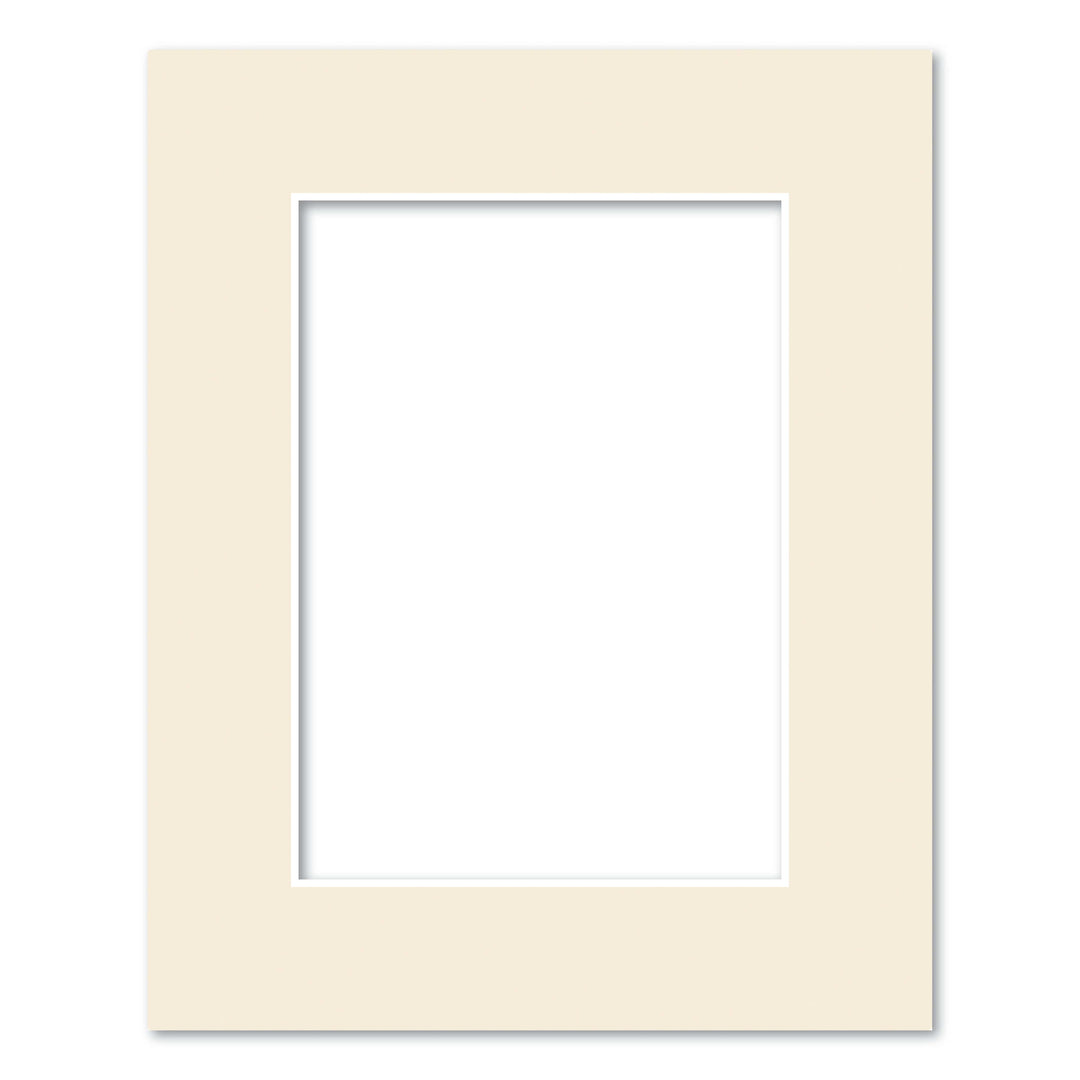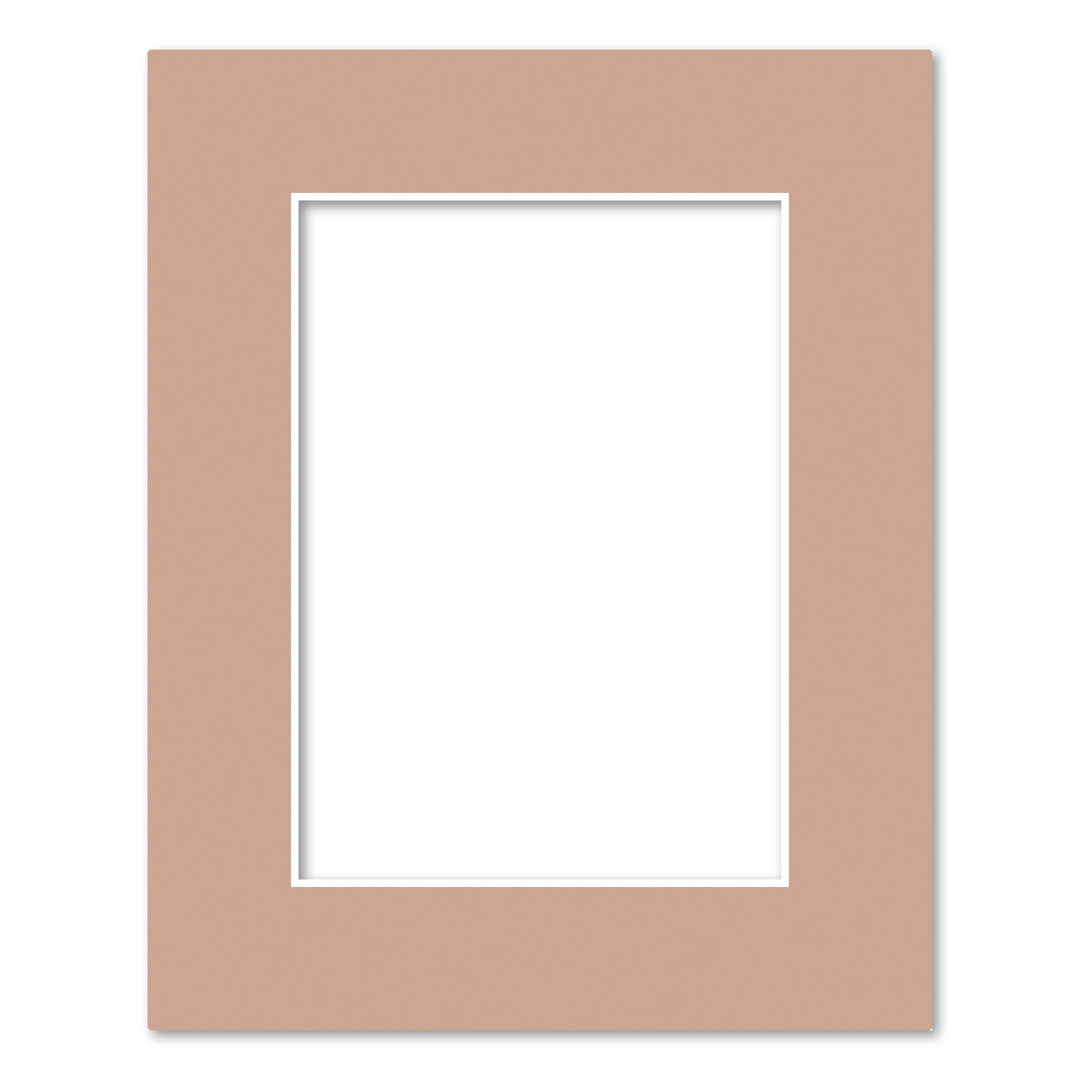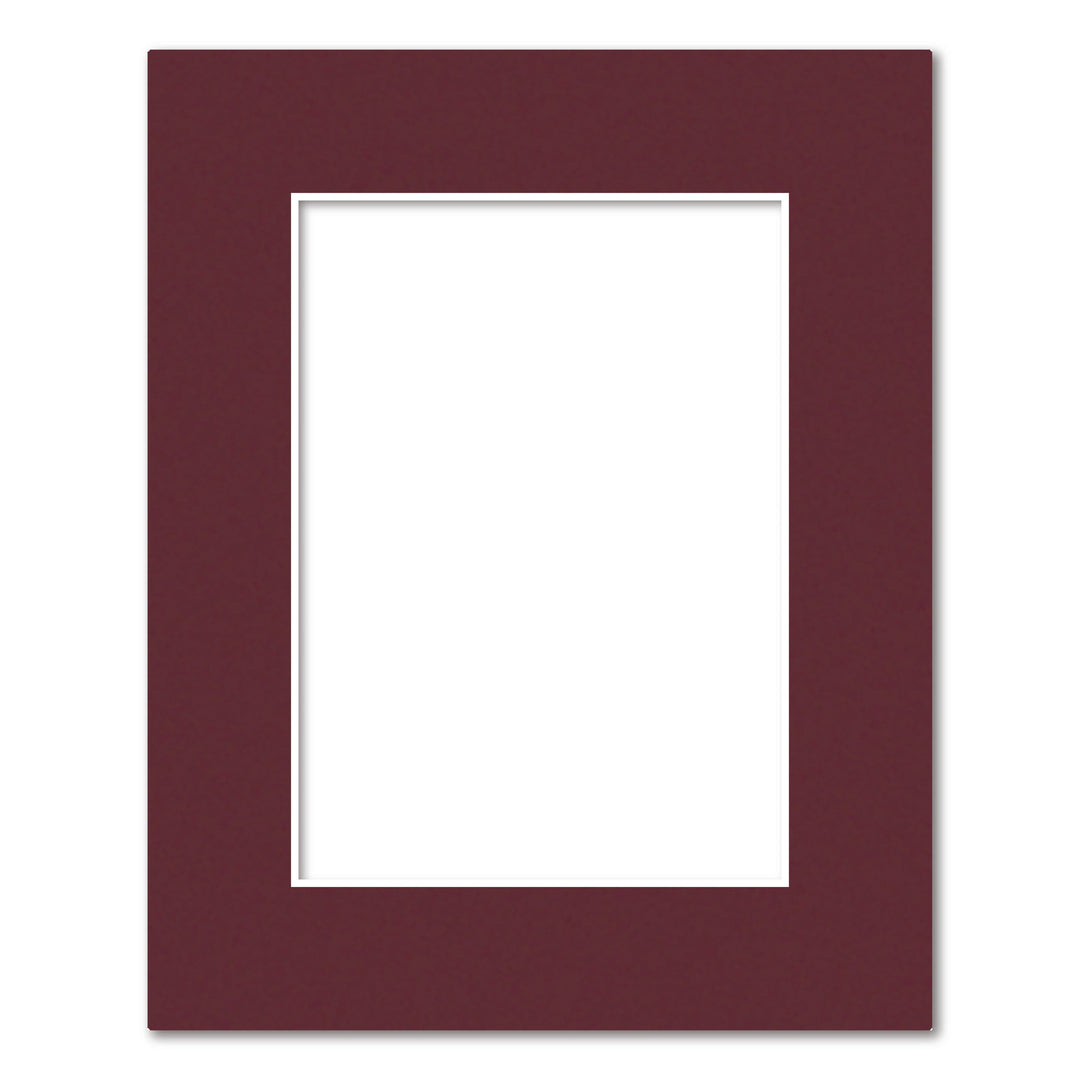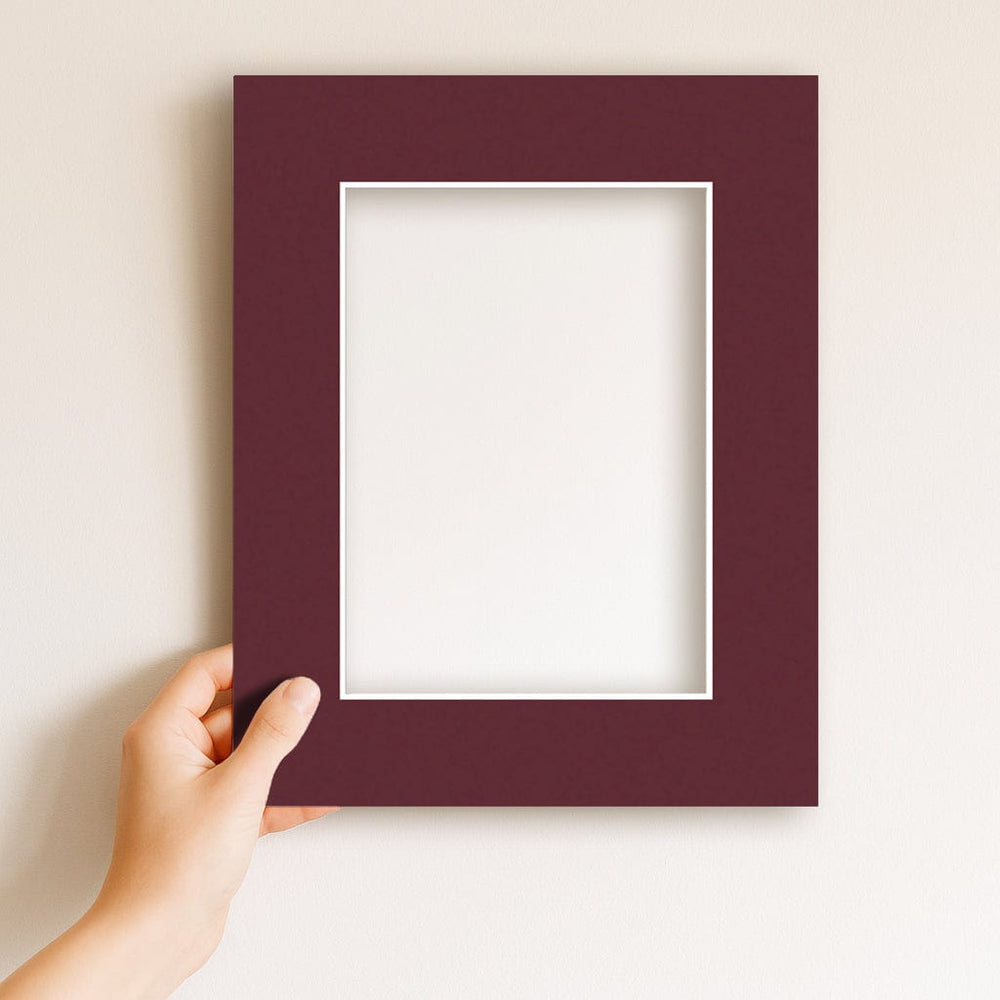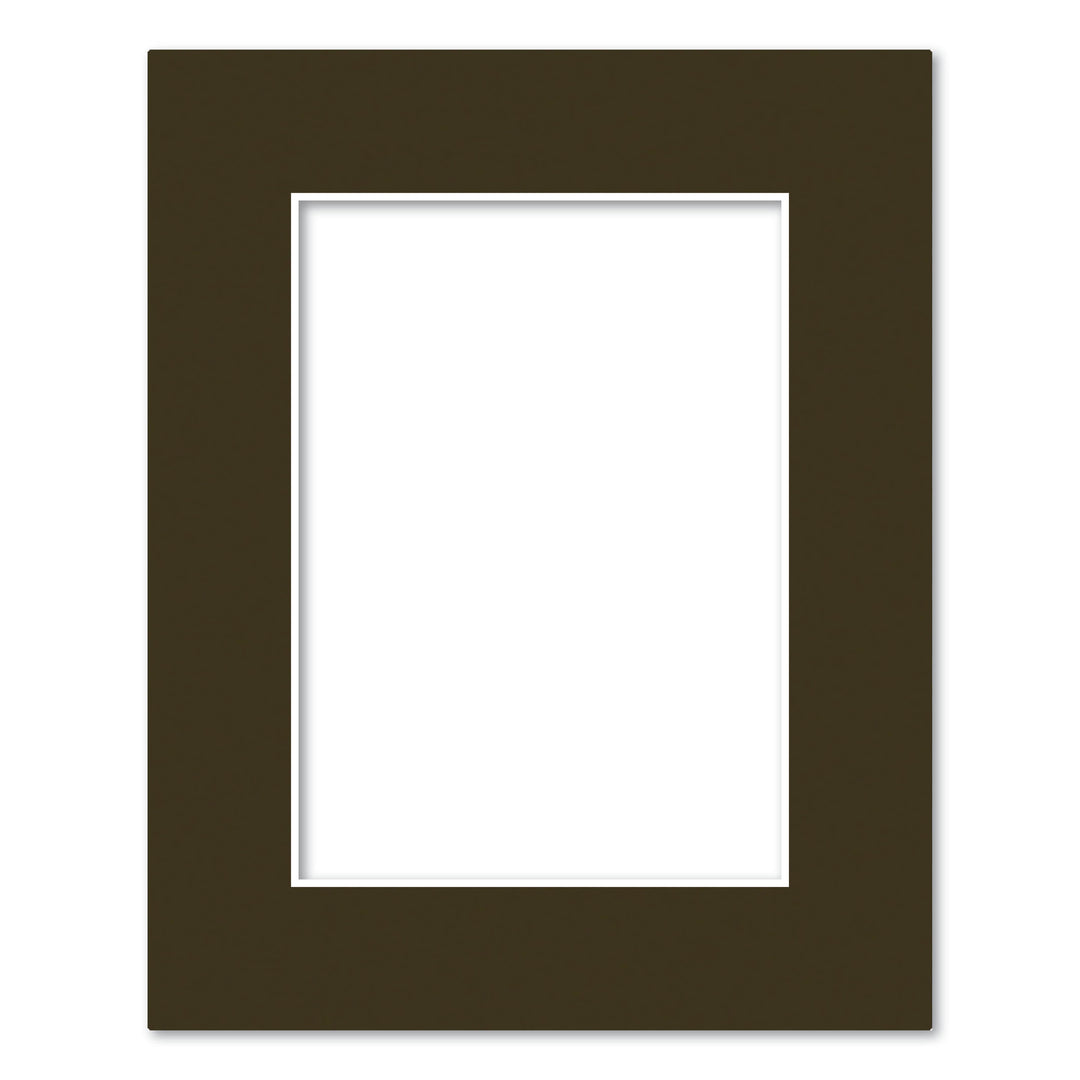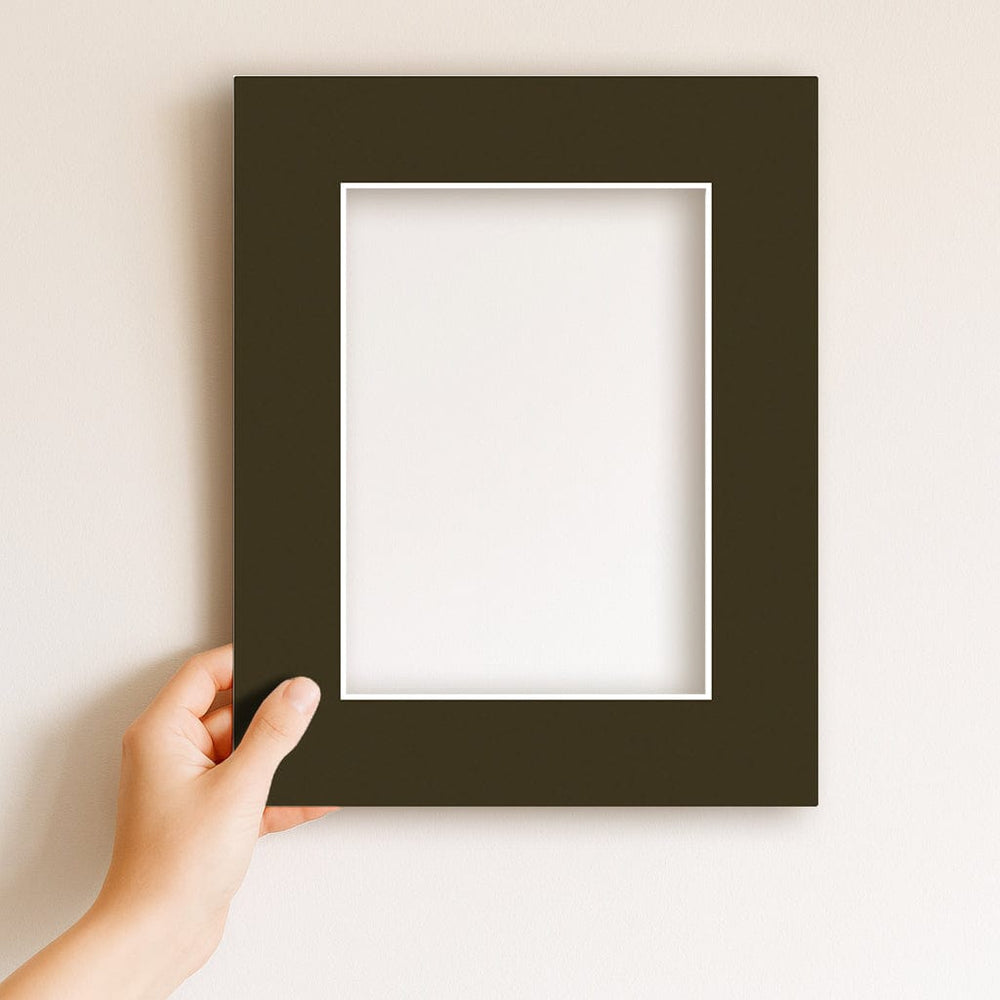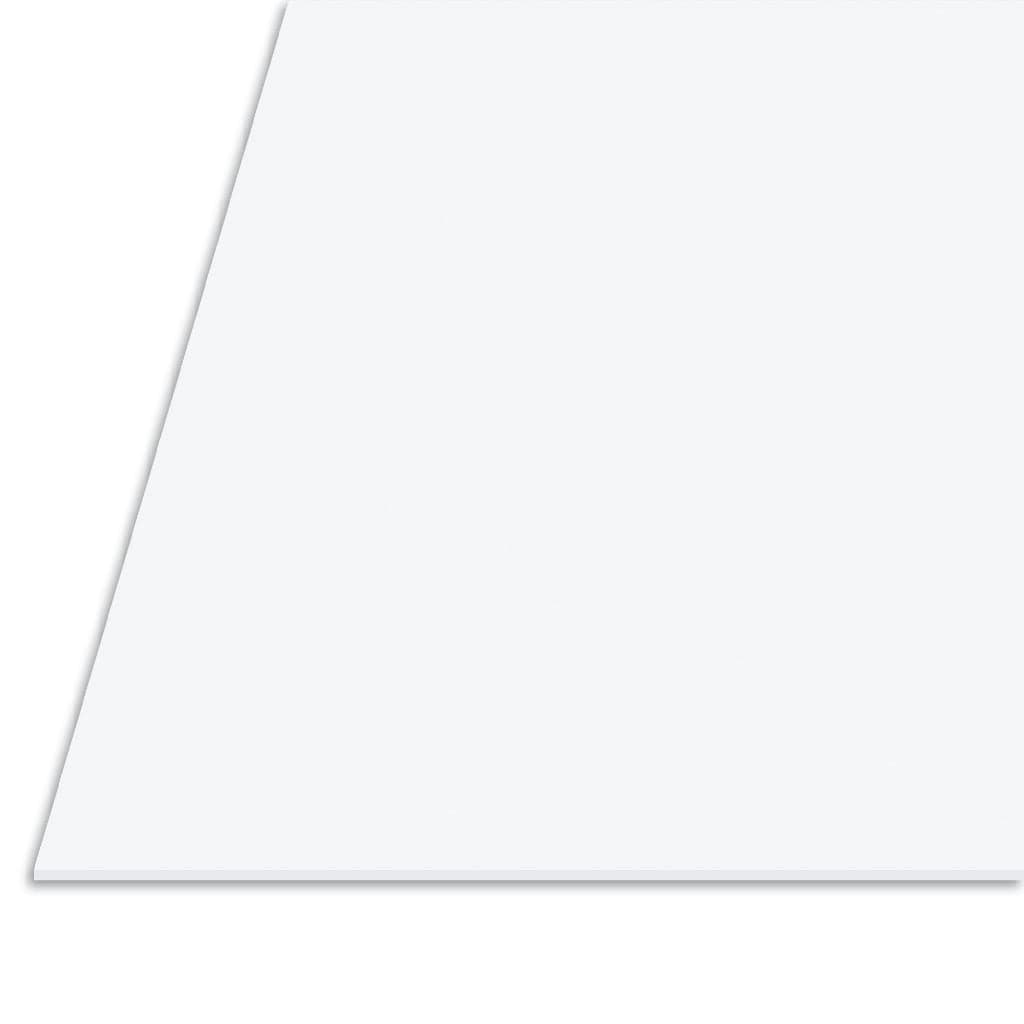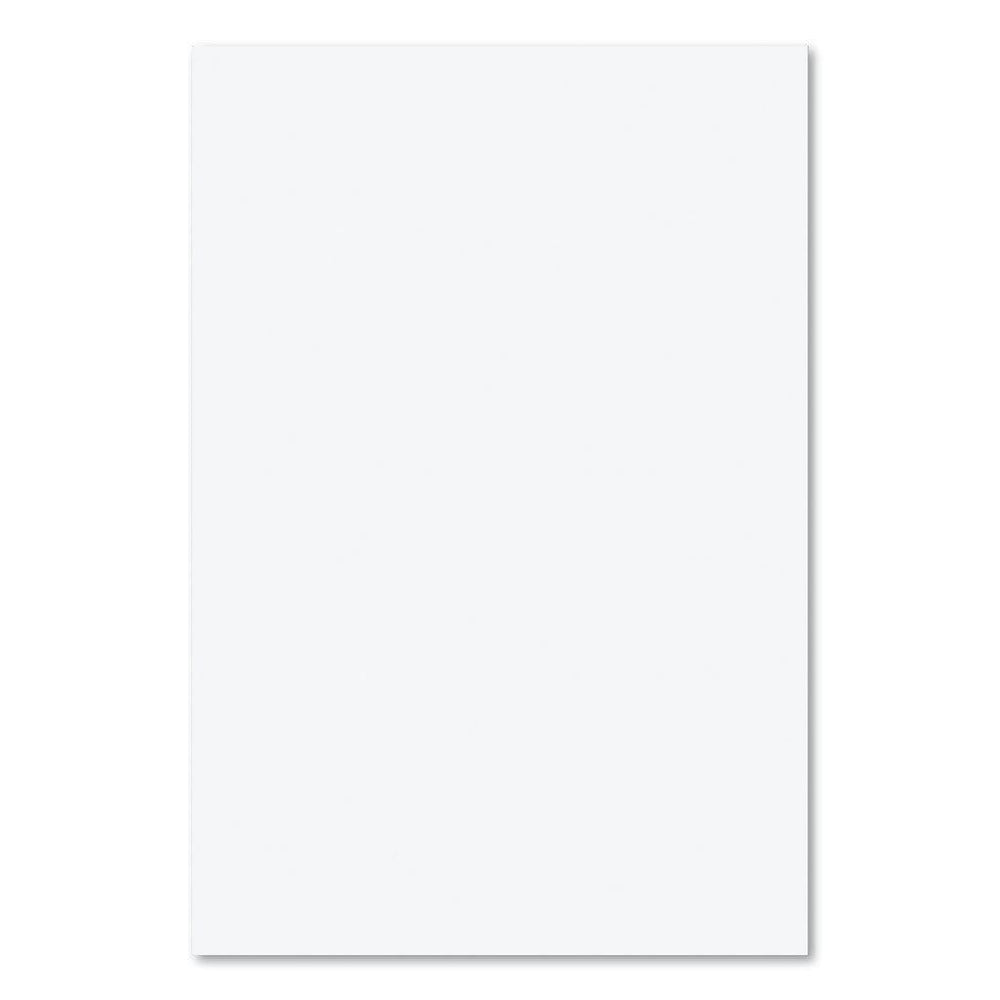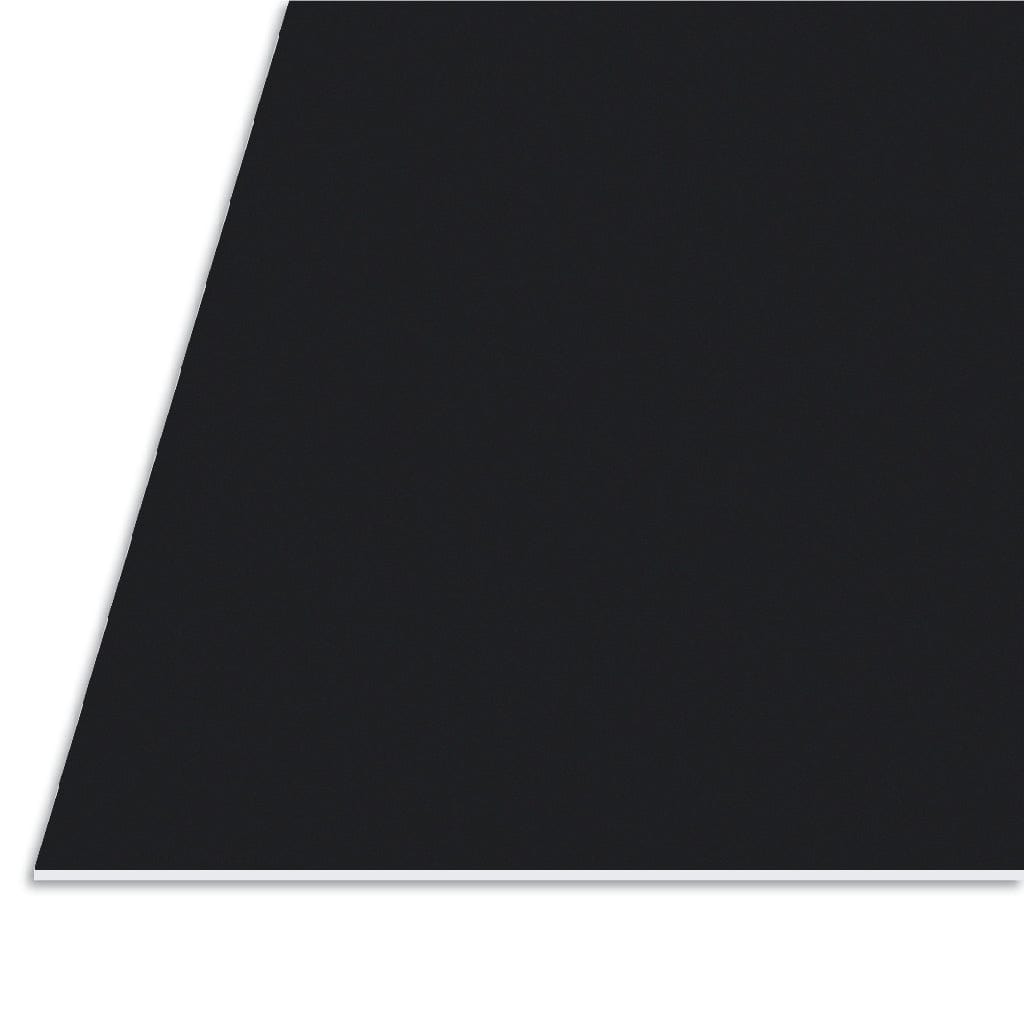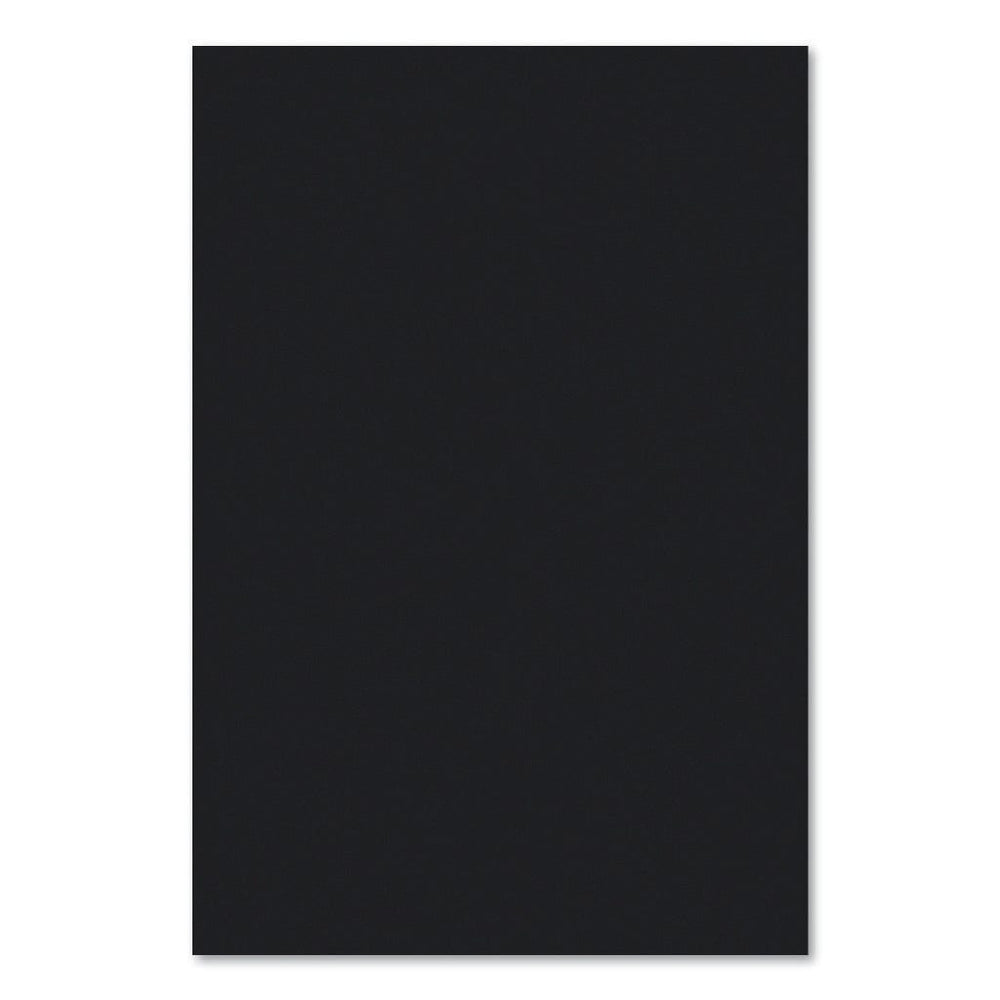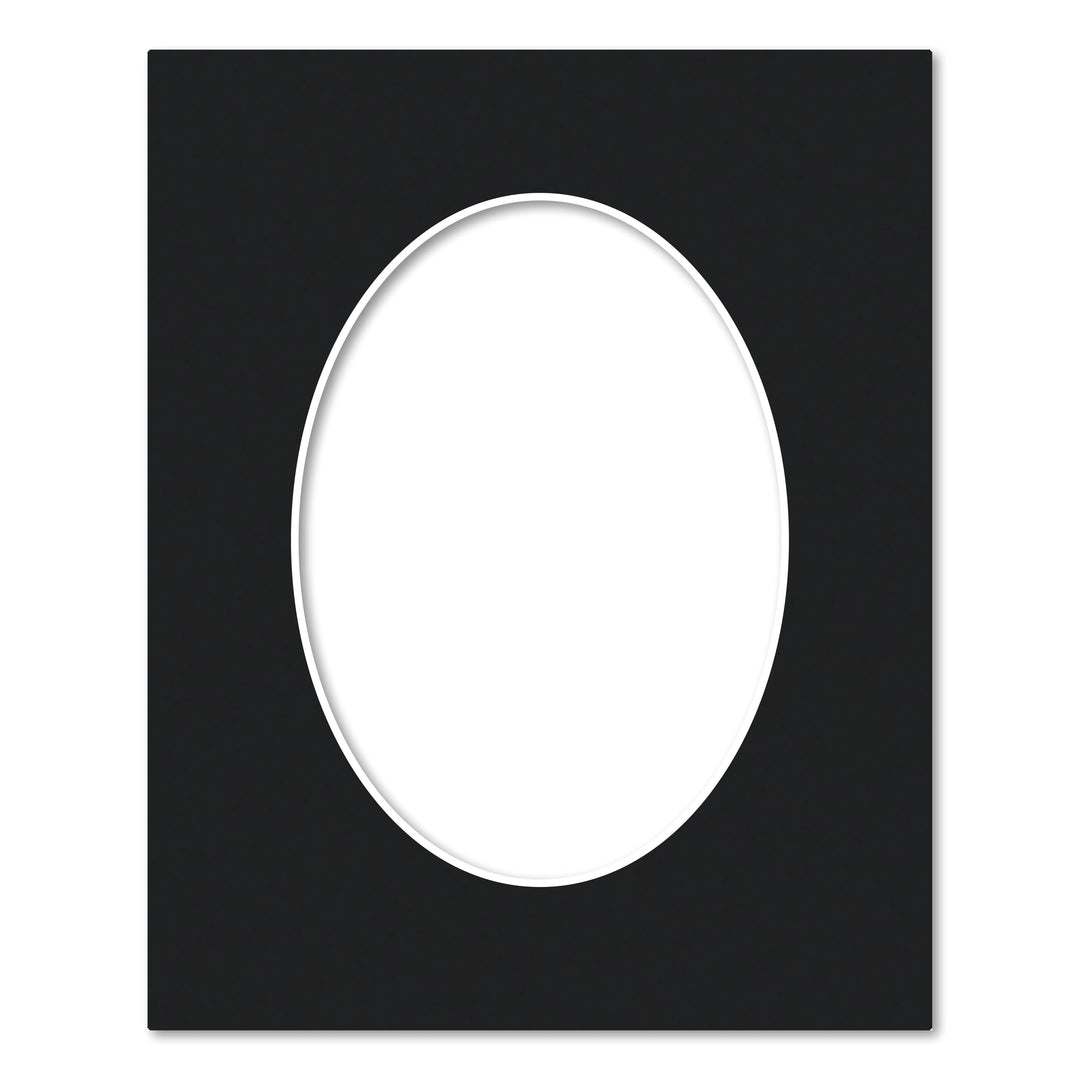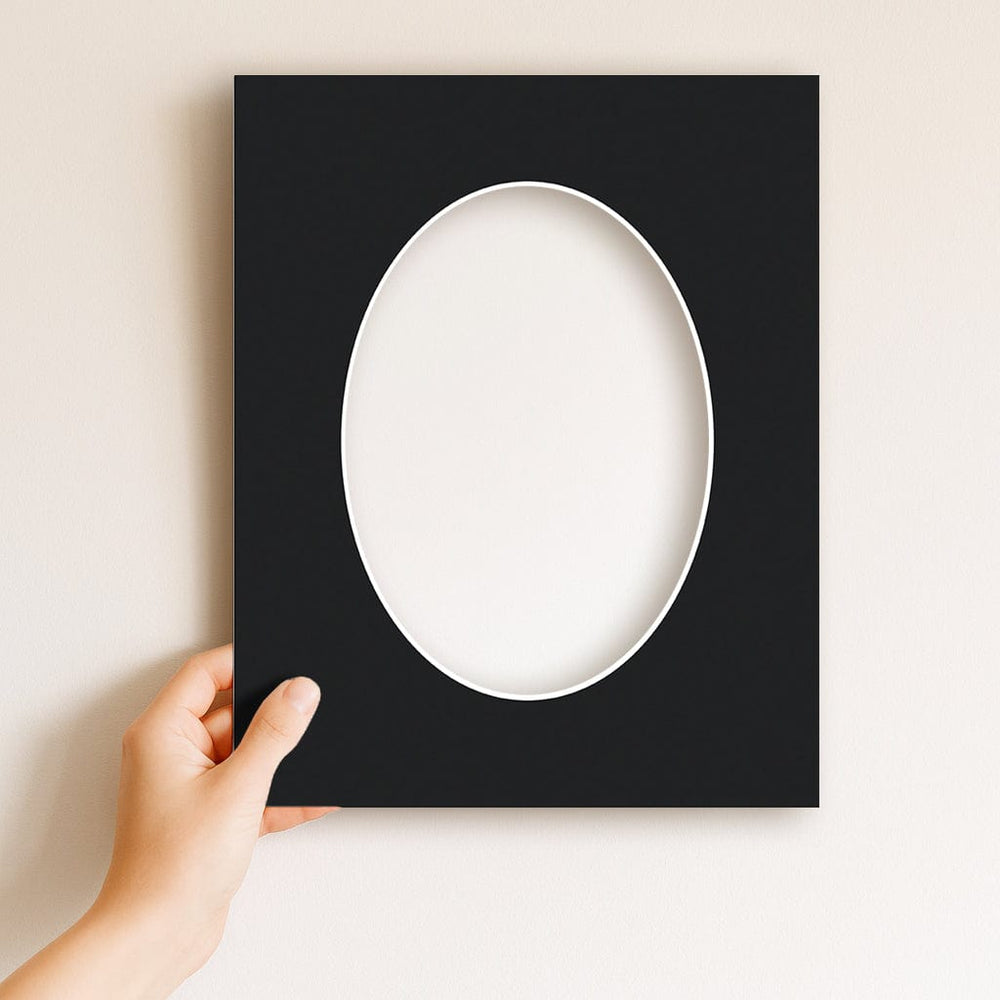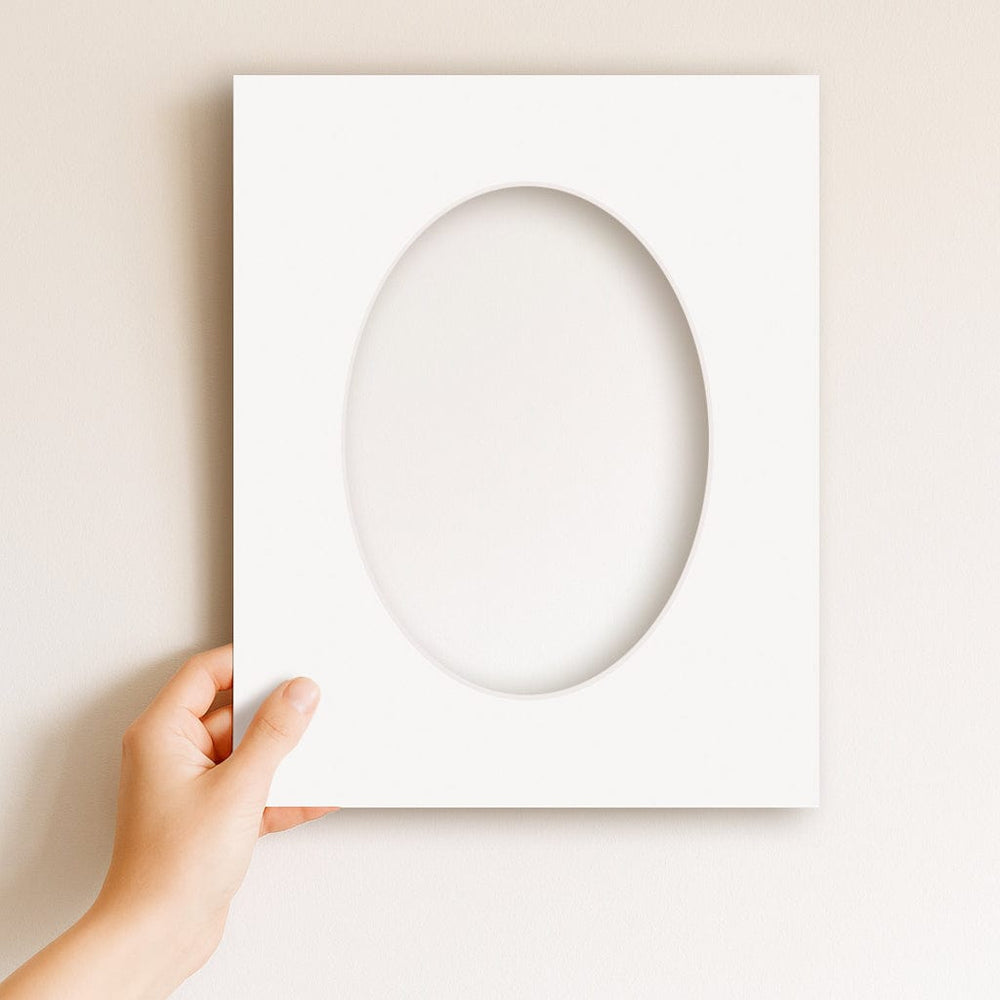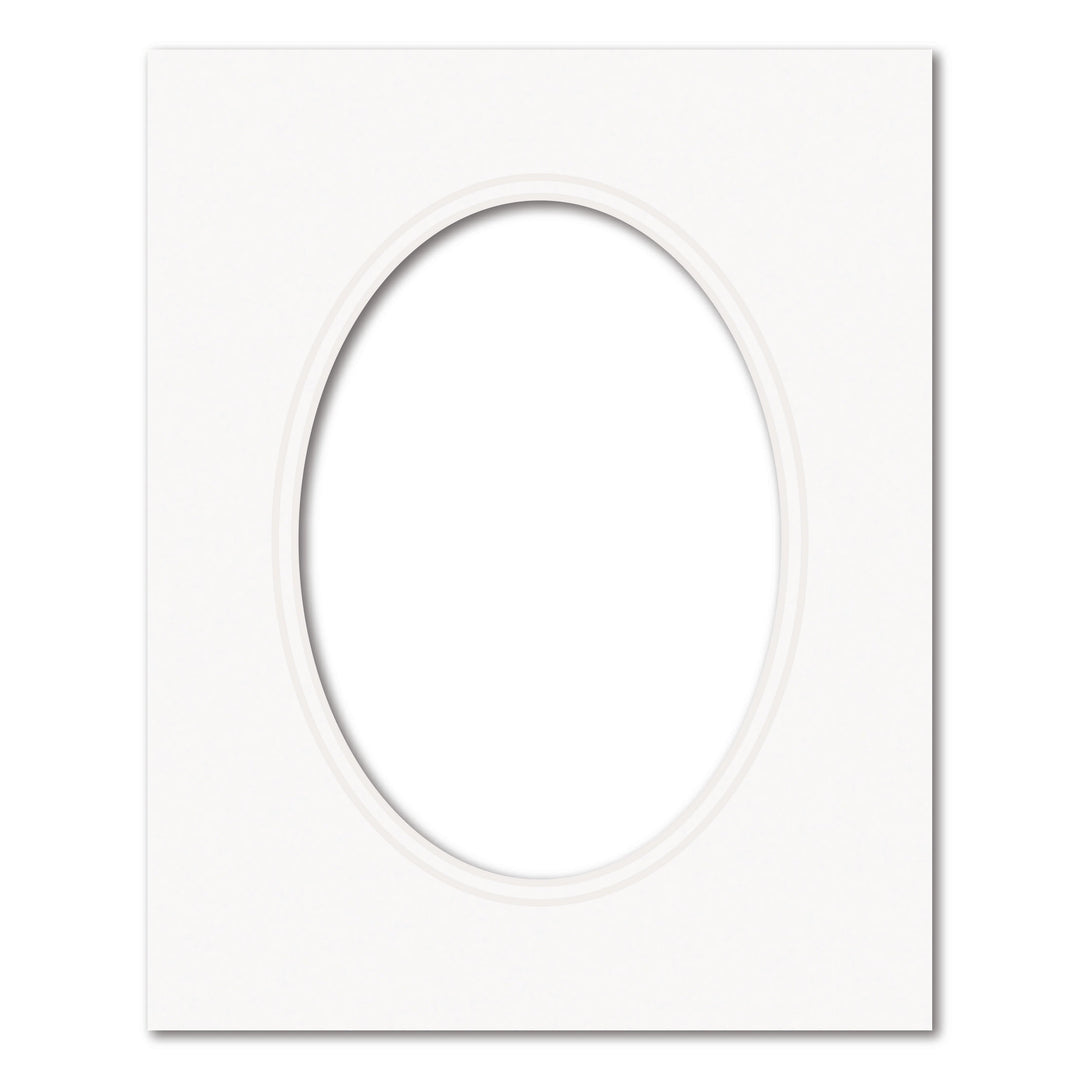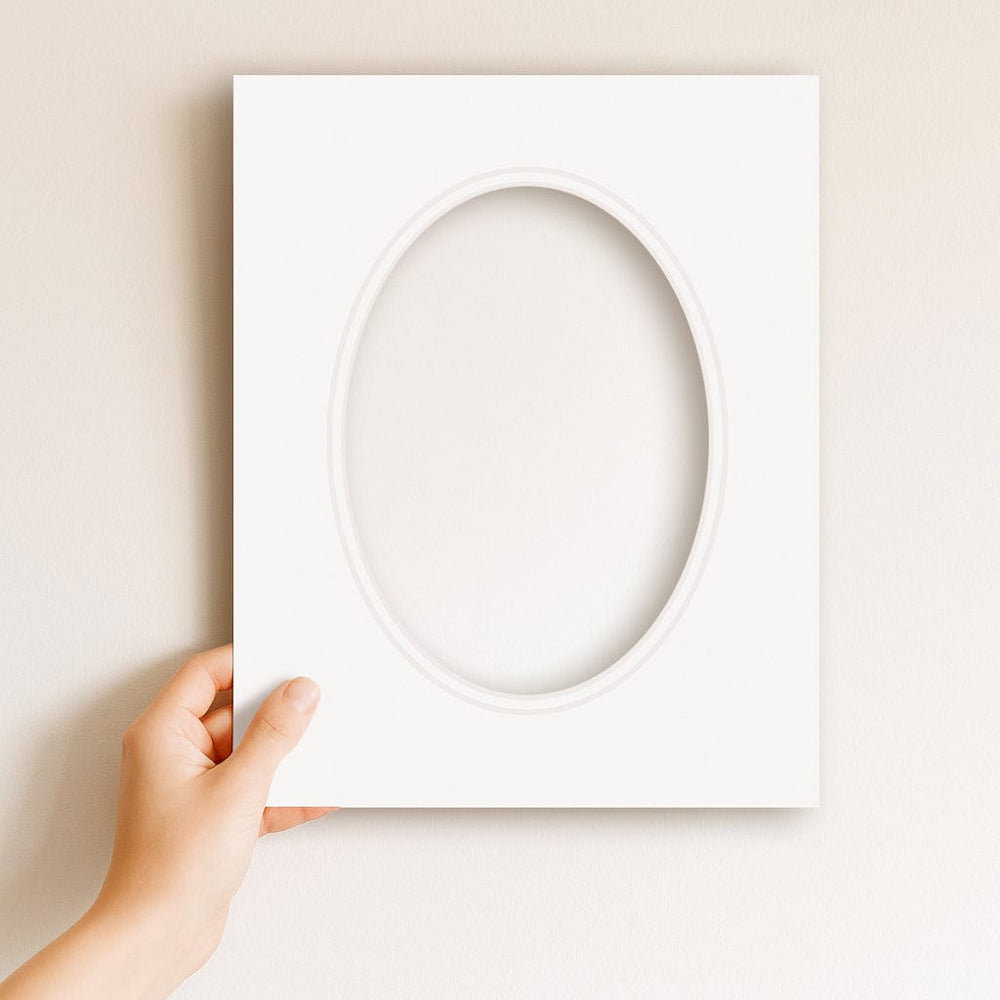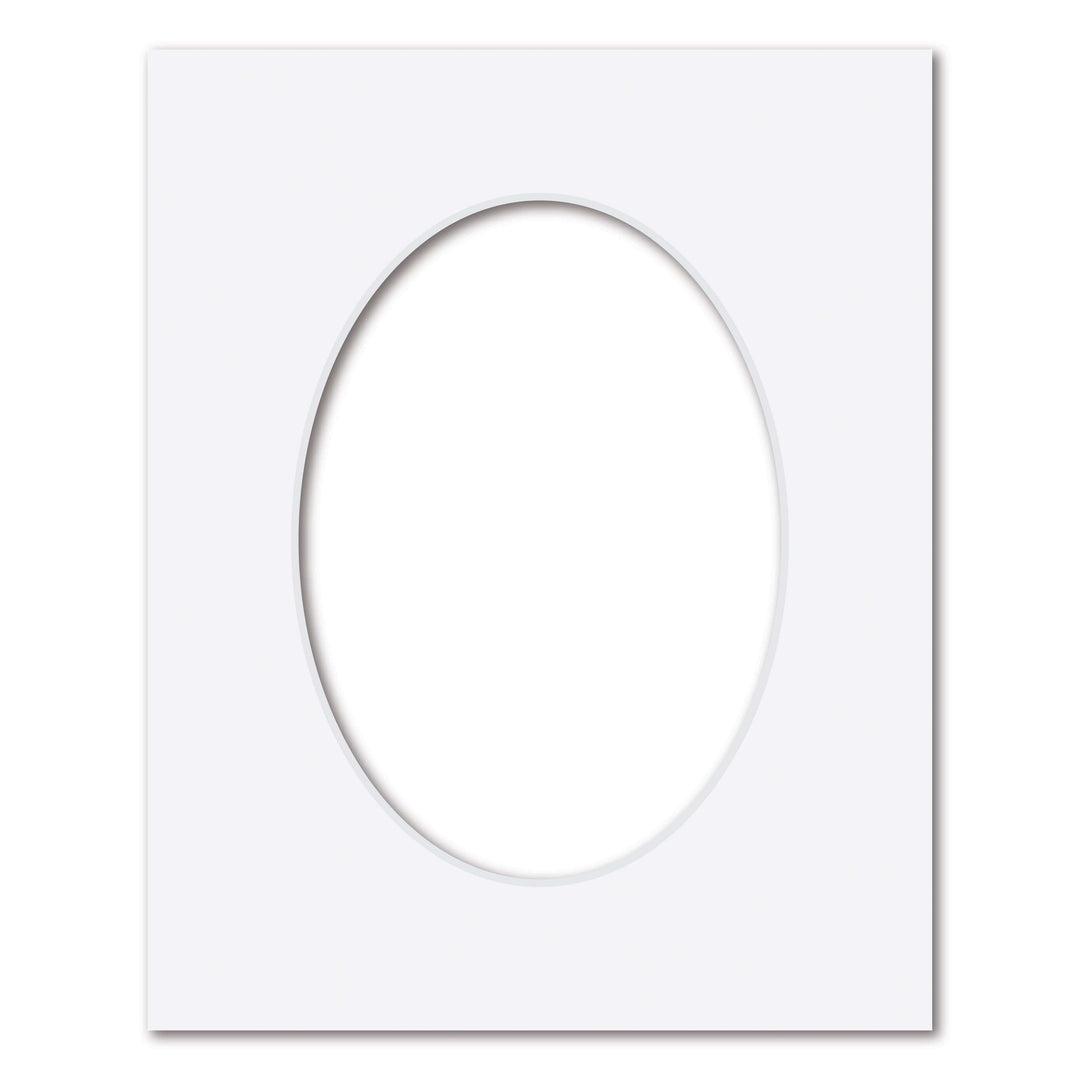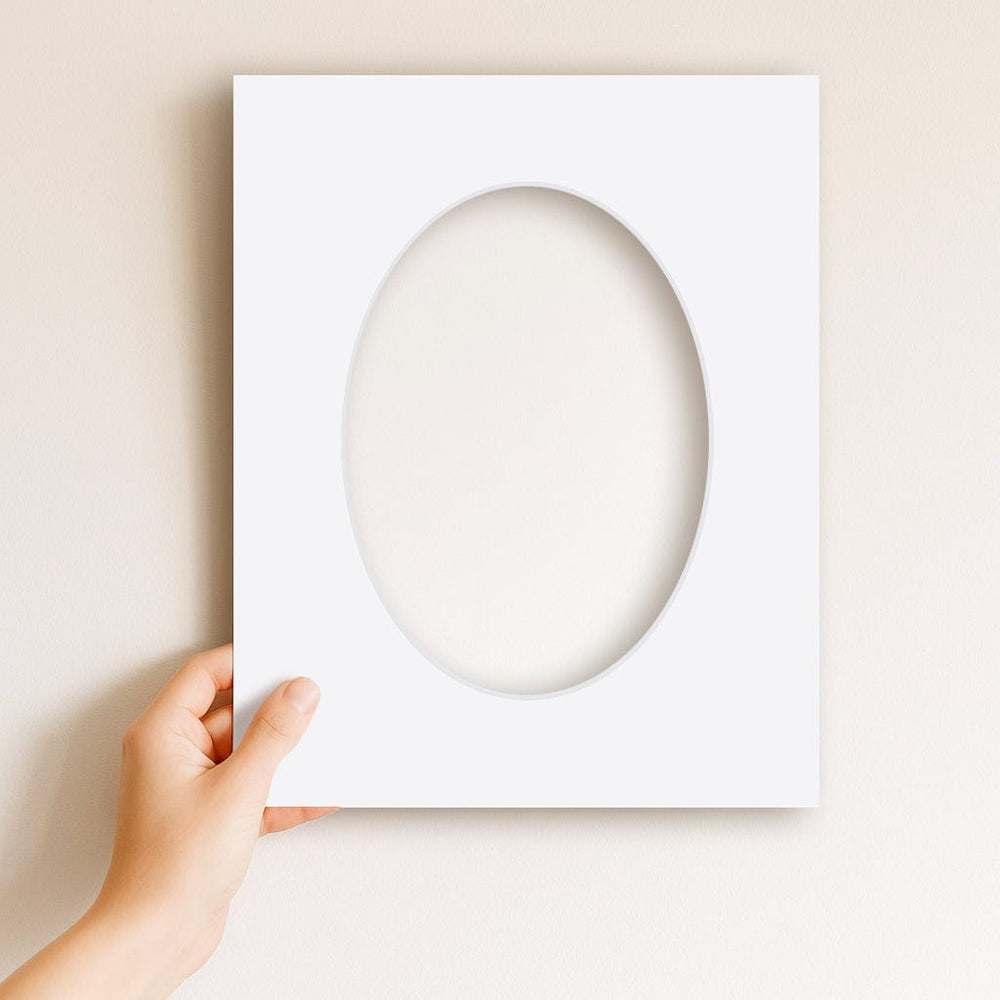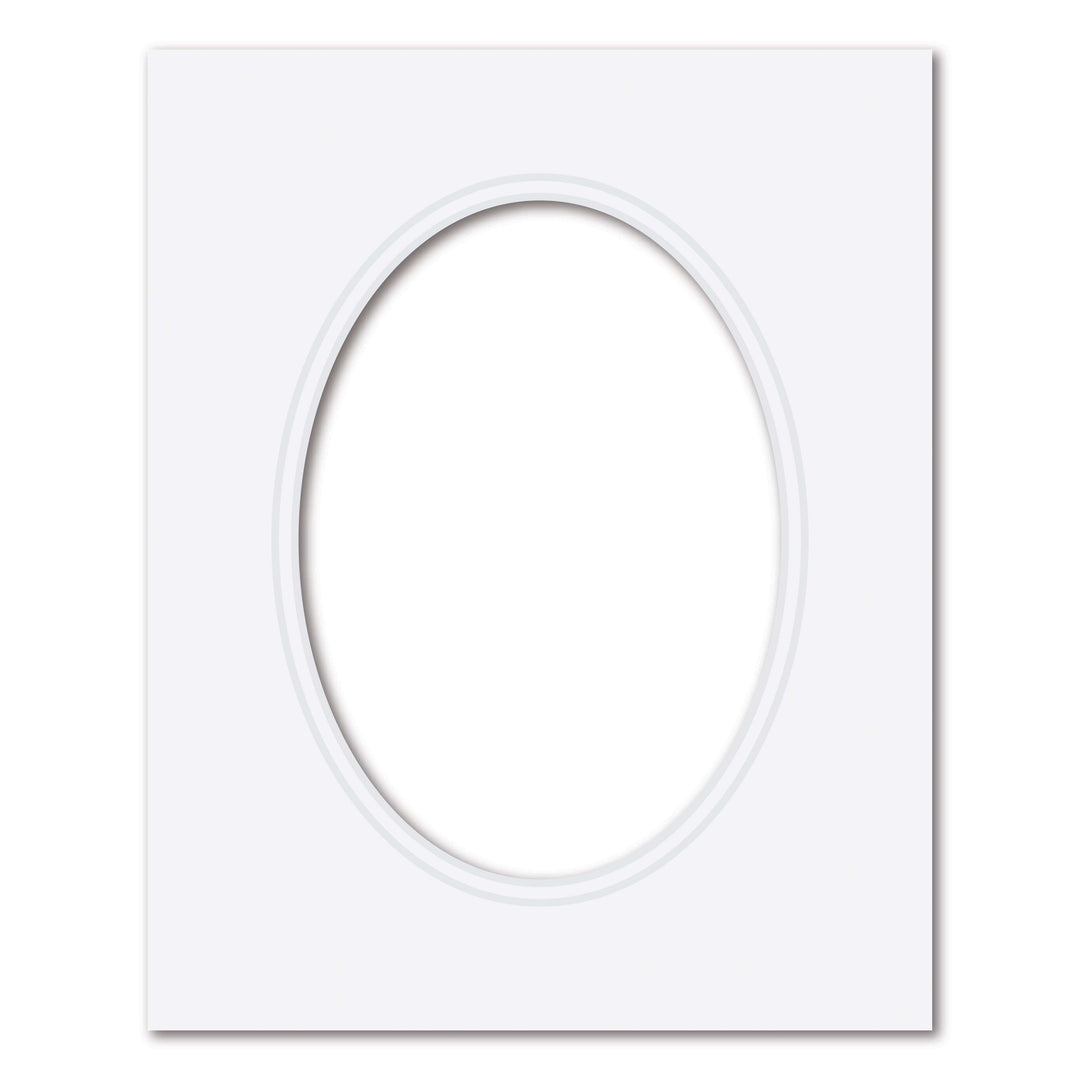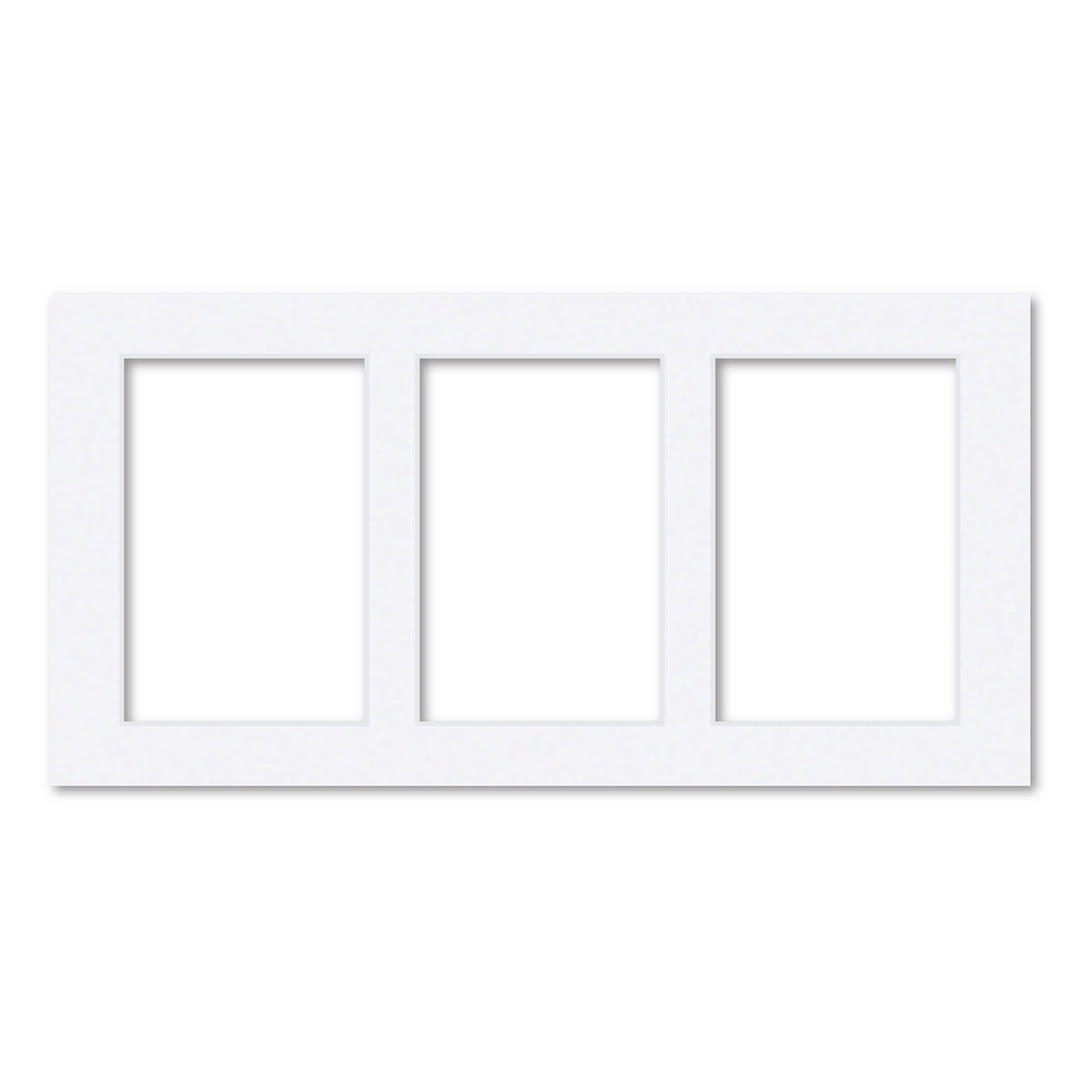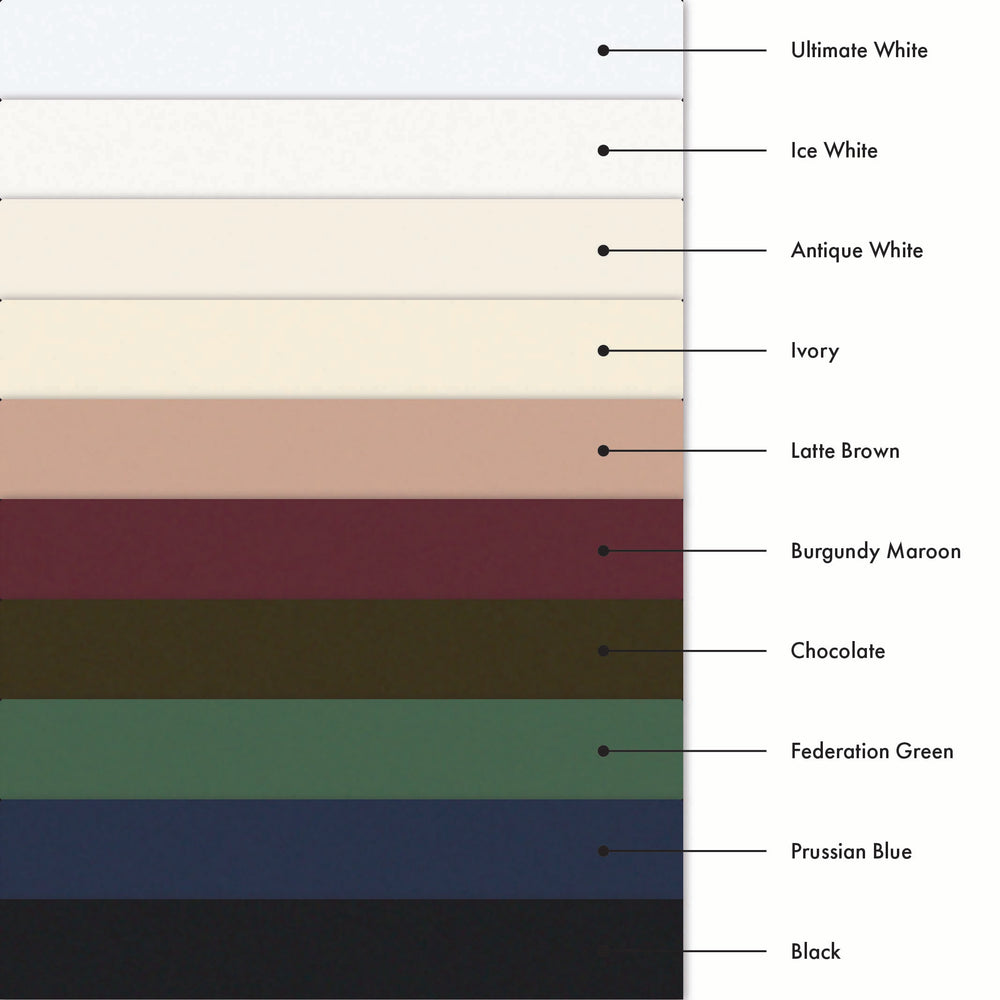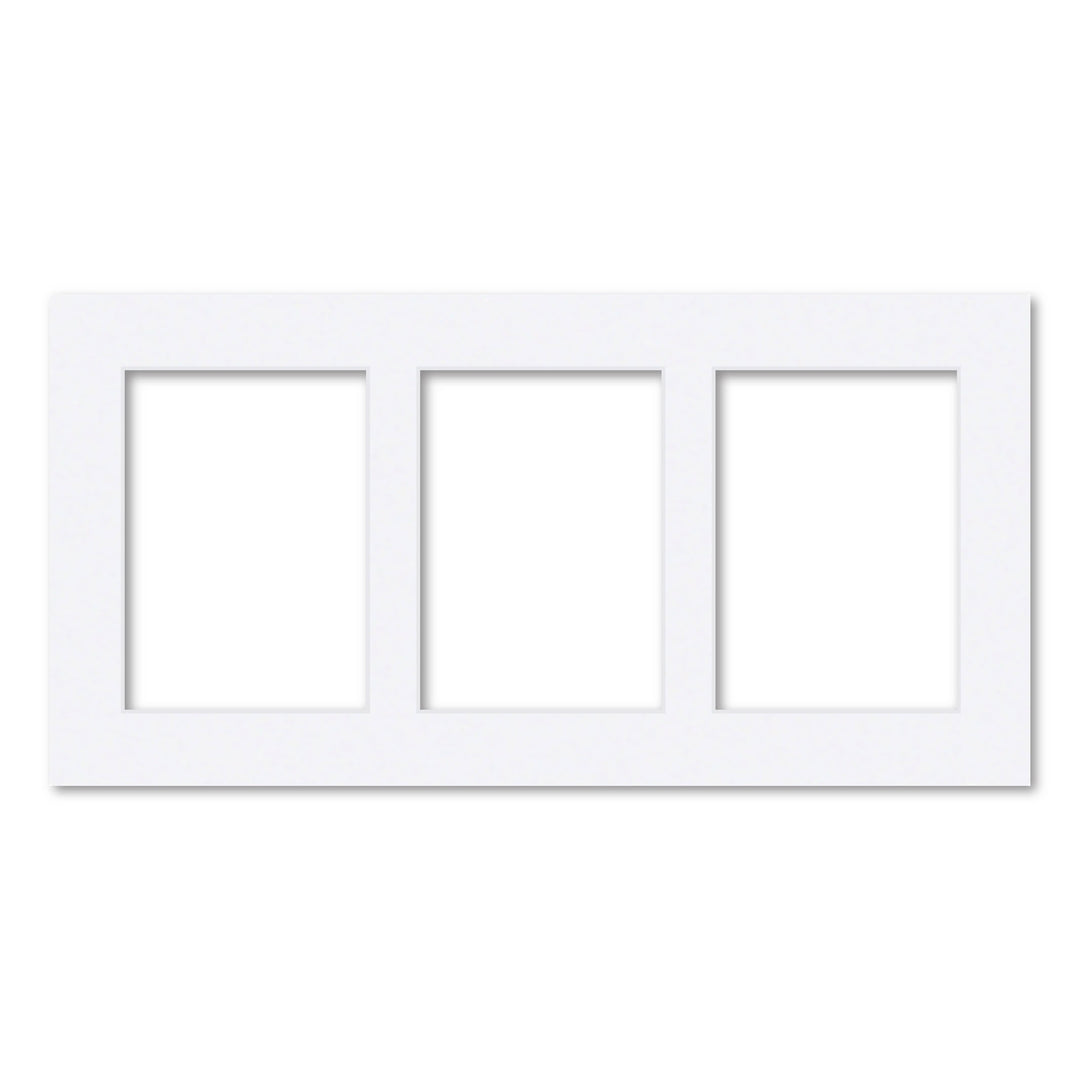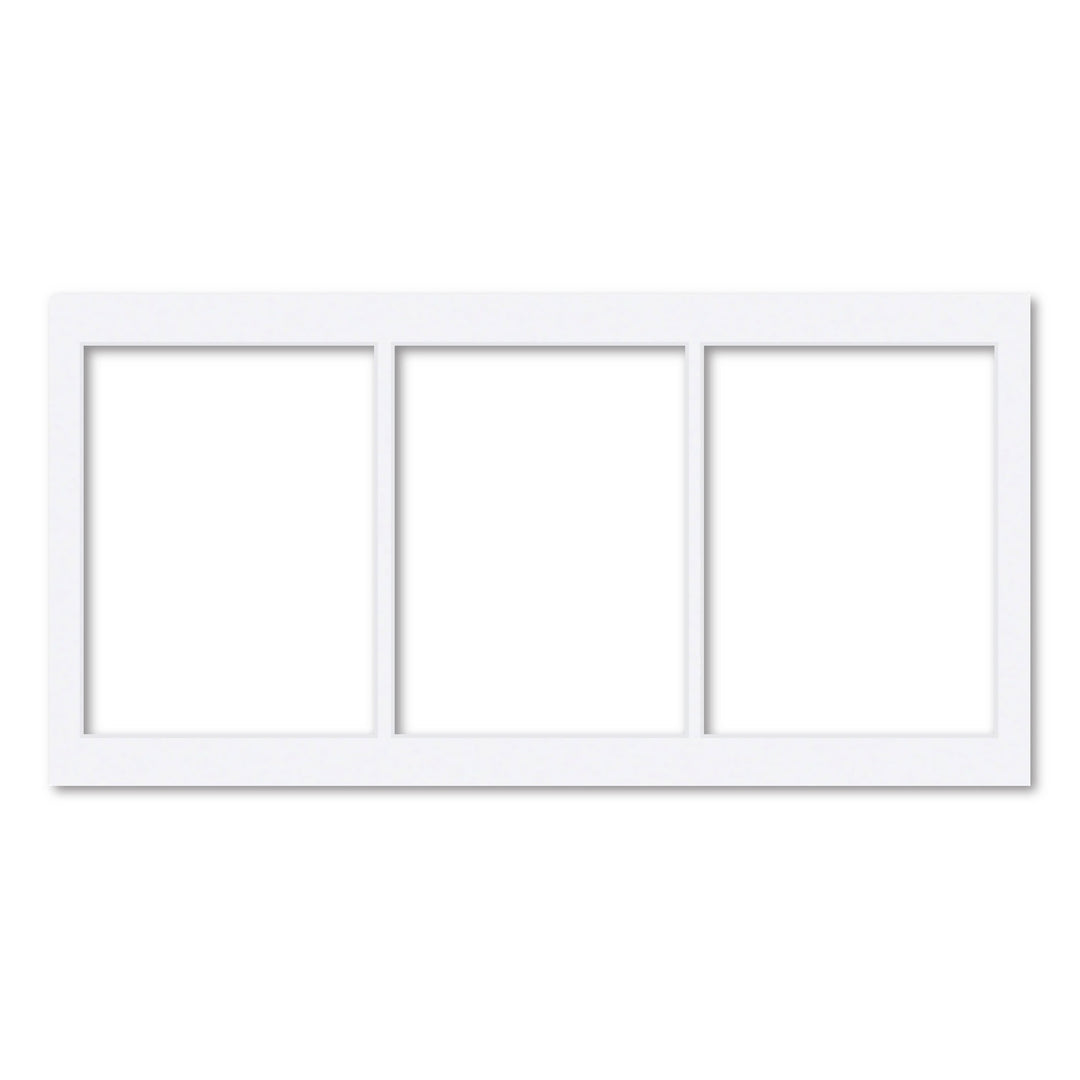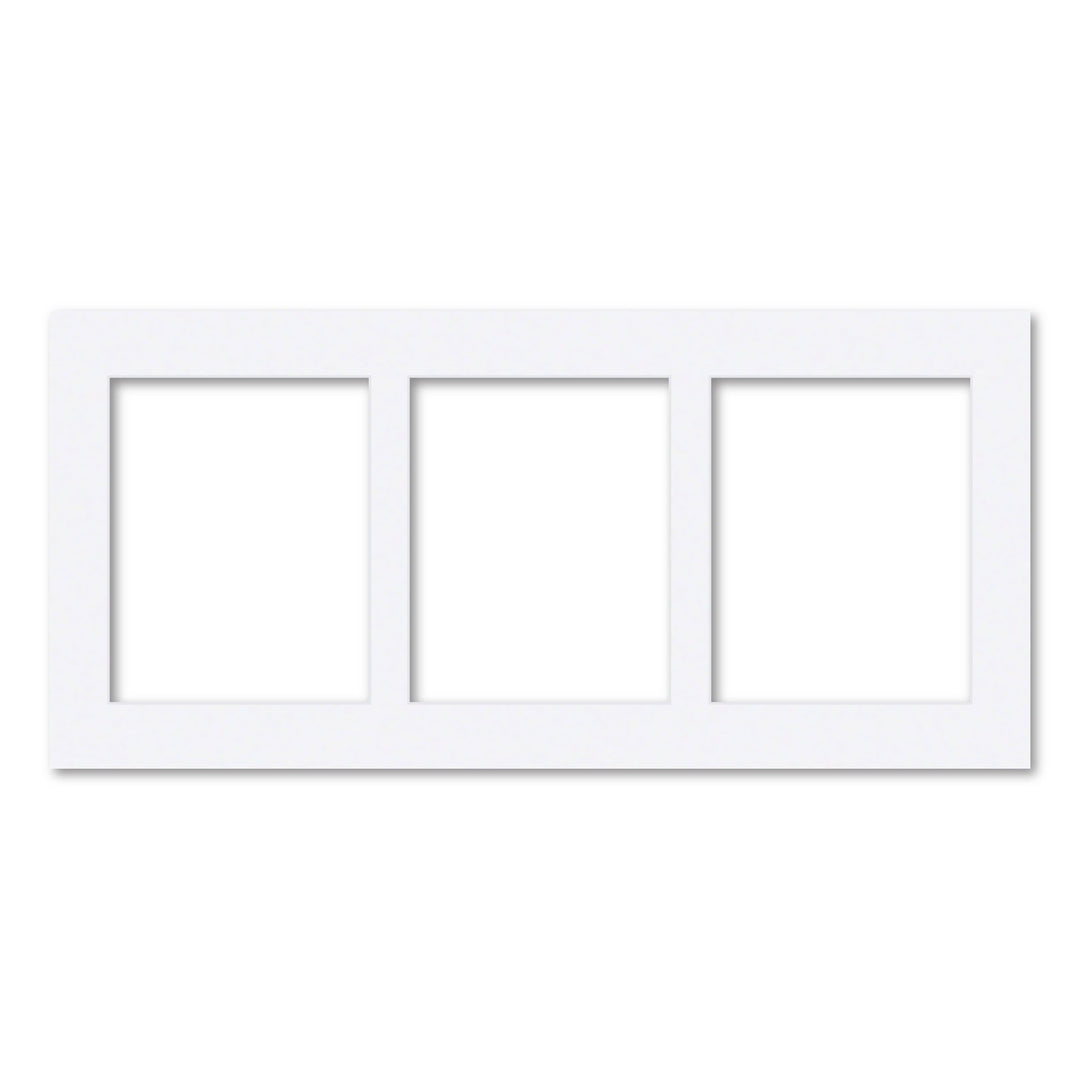Table of Contents
Mat boards have a long history in the world of art & picture framing. Mat boards can also be known as mountboards, window mats, frame mats, photo borders, photo mats or even a passepartout.
In recent decades, matboards have become increasingly popular in picture frames, as a way to both protect and also enhance artwork and photos inside the frame.
But do you know how the concept of mat boards first started? Let's take a look into a brief history of matboard -
The Renaissance Era - The First Mat Boards
First seen as a concept in Europe before the 1400's, it is speculated that the earliest form of the concept for "a matboard" was first used in a specific style of picture frame called a "spandrel" frame. A spandrel is internal wood paneling, incorporated into a picture frame to surround, enclose or encase a painting, such as a portrait.
Here is an example of an Italian Renaissance-style spandrel frame, below:
These spandrel style frames were usually decorated and gilded with gold leaf along with the frame. The artworks display were generally oil painting portraits, painted by the 'old masters'. These artworks and frames were usually commissioned by the Catholic Church.
It wasn’t until the 1400’s when paper manufacturing was developed, that paper-based artwork became more accessible, affordable and popular with artists.
This type of art being produced were manuscripts and parchments, which also introduced books and bookbinding. Along with this also can the first matboards which were created and used in the form of folios. The first form of mat board 'folios' were used similar to book covers and designed to support, protect, store and transport individual, thin vellum parchments (sheep skin) and paper book pages (manuscripts) and artworks.

At some time during this era, the concept of cutting a viewing window into the cardboard folio was used, which created the more familiar concept of a window mat or "matboard", that we commonly see today.
It wasn’t until glass was developed in the 1500’s that paper could be displayed and protected in a conventional picture frame (under glass), along with a decorative mat board, designed to both support and enhance works of art on paper.
Neoclassicism Era - Commercially Produced Mat Boards
By the 1800’s the familiar format of a mat board with a window and a supportive back mount was becoming a more common method to be able to store and display paper-based artworks. Up until this time, matboard was produced using traditional artisan methods by hand, which was both time consuming and expensive.
In 1891, a company called “Charles T Bainbridge & Sons” in the USA, which specialised in manufacturing stationery and art boards, patented the first commercially produced decorative mat board material for pictures, using wood pulp. This is when the concept of matting and framing, as we know it finally arrived.

The Modern Era - Modern Mat Boards
In the late 1920’s, the commercially production of mat board evolved into an alternate method of producing a cotton fibre based matboard, also referred to as "Rag" mat board. This type of mat board is made using cotton pulp instead of wood pulp and was first done by a company called Crescent Cardboard in the USA.

During the mid 1900's, matboards with decorative coloured surface papers were becoming more commonly available. However, the paper-based mat boards manufactured at this time were not acid-free, nor conservation standard, and were vulnerable to degrading rapidly.
It wasn't until the early 1980's, that the first conservation-grade mat boards were commercially produced with acid-free pulp and different coloured paper surfaces.
In order to achieve a conservation standard, the wood pulp has to go through a special manufacturing process to neutralize the harmful impurities in the pulp. These matboards would also include an extra additive mixed into the pulp called calcium carbonate (which is chalk), which would help to chemically capture and neutralize any harmful acidic byproducts in the paper. This processing is called "Buffering".
As a result of this improvement in quality, the term "acid-free" gradually became a popular distinction for high quality matboard and papers.

The expanded commercial use of these improved, high-quality manufacturing processes changed the dynamics of mat board availability, affordability and use.
As a result, mat boards gradually became a more common and affordable decorative enhancement for artworks and photos, instead of just the basic protection of art being displayed in a picture frame by itself.
There are several different well-known companies and brands who specialize in manufacturing mat boards for the picture framing industry, including the following:
- Bainbridge® matboard
- NovacoreTM matboard
- Alphamat ArtcareTM matboard
- Crescent® matboard
- Crescent Ragmat®
- Peterboro matboard
- Artique® matboard
- ArqadiaTM matboard
- Rising® matboard
Most matboard manufacturers will offer a range of boards to cater for a variety of specifications and requirements, including conservation grade, museum grade and also acid-free.

What to Learn More About Matboards?
If you would like to understand more about the purpose of mat board and how they're produced, please read our blog -
Profile Australia Matboards
Profile Australia proudly only offers premium quality frame mats and matboards which are certified to be acid-free and suitable for decorative and long-term display of photos and artworks.
We also only use window mat boards which are eco-sustainable and made from environmentally sourced wood-pulp. Mat boards are also a recyclable product, because they are a high-quality dense cardboard. Profile has also taken steps recycle the matboard waste create in our production process.
Explore the complete range of pre-cut matboards from Profile Australia. Whether you're looking for custom matboards, photo mat board kits, collage mat boards, double mat boards or even specialty oval mat boards - we have a solution.
All proudly made in Australia with acid-free, eco-sustainable papers and a lifetime guarantee!
We also offer cut to size foamboards and a complete range of picture framing accessories including acid-free hinging tape.
Also check out our range of Picture & Photo Frames so you can choose your own frames which you can mix and match to suit. Profile offers a full range of picture framing solutions in all types of shapes, styles and sizes.

All Profile pre-cut matboards and picture frames are proudly made in Australia with eco-sustainable materials and a lifetime guarantee!
Want to read more? You may also like:
This article was written by Jared Davis - www.jareddavis.com.au
Jared Davis is one of only a few qualified Master Certified Picture Framers in Australia with over 30 years of custom framing experience.
Jared is published author, writer and an industry-recognised educator who teaches classes and workshops to professional picture framers all around the world.




